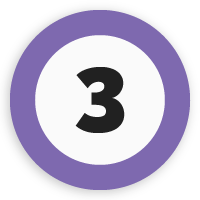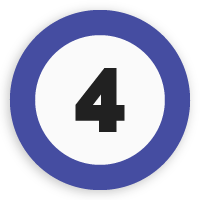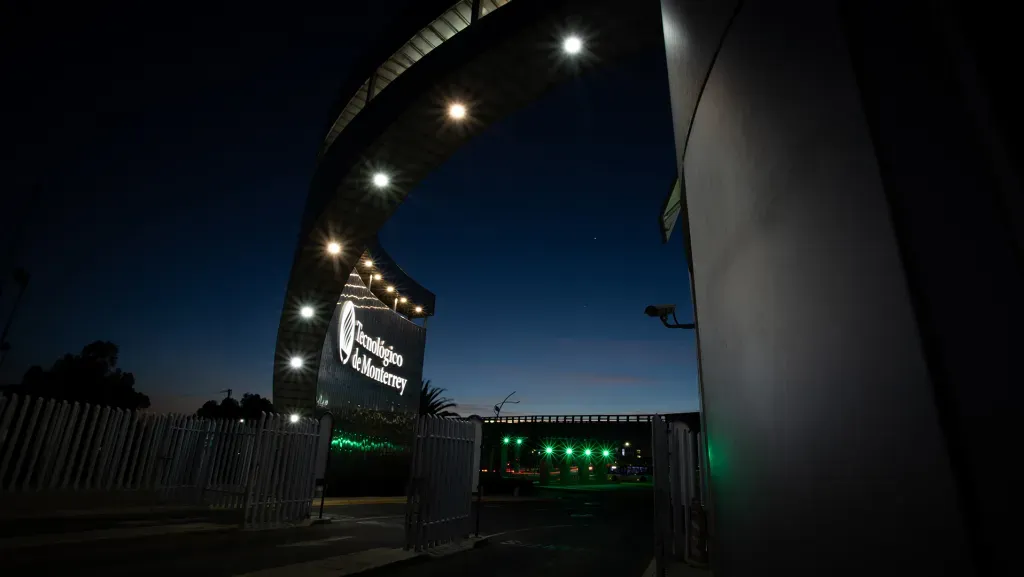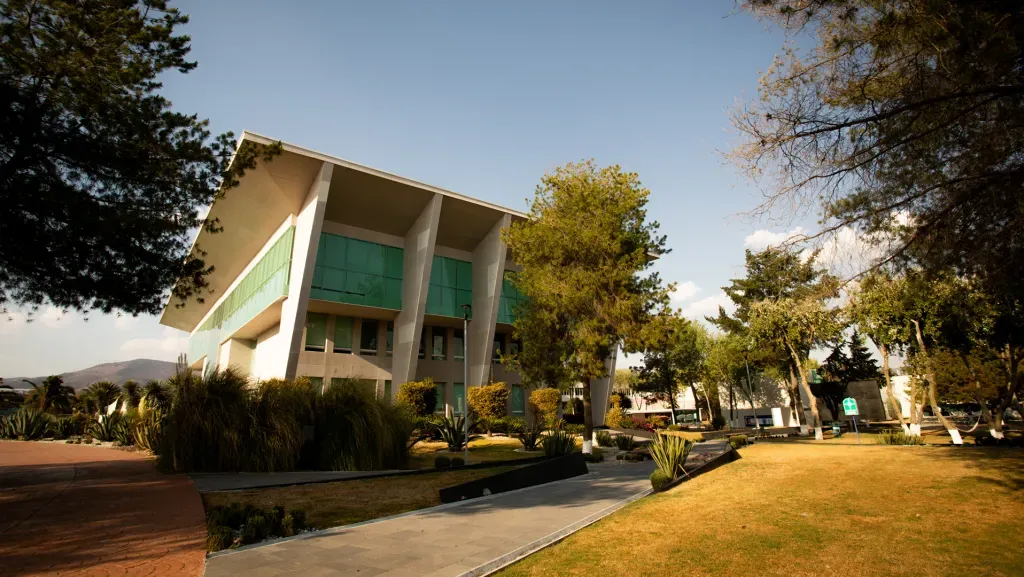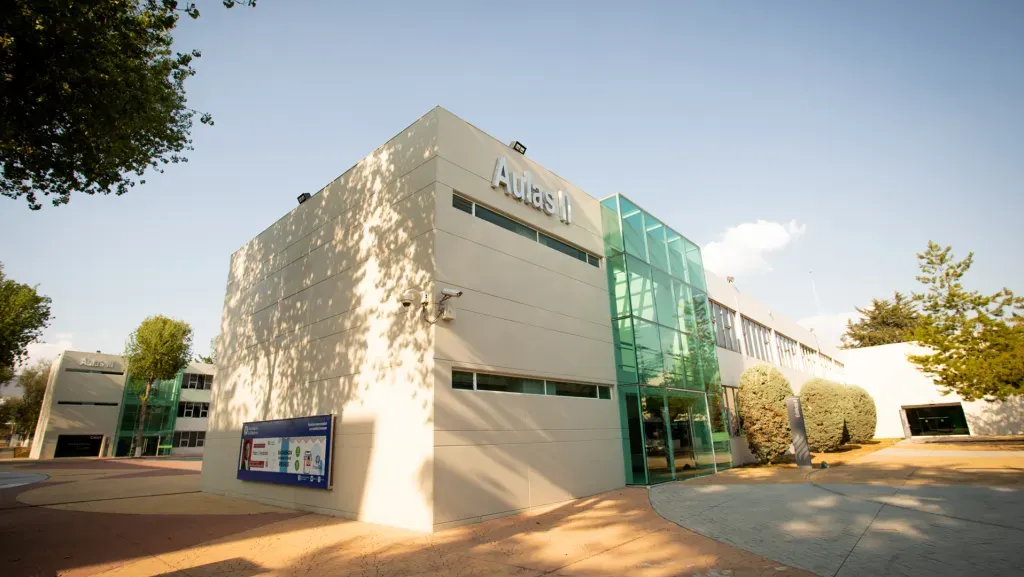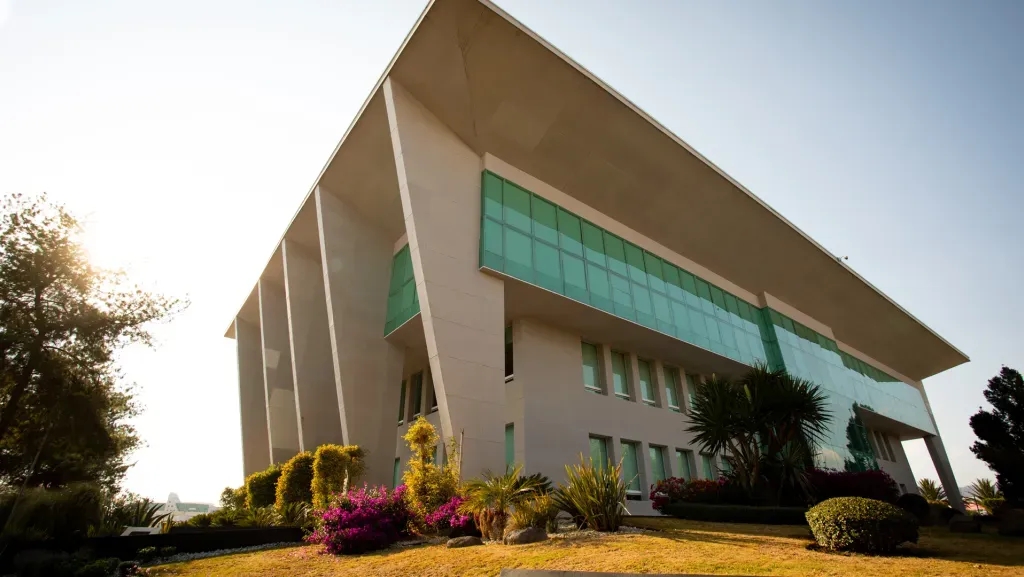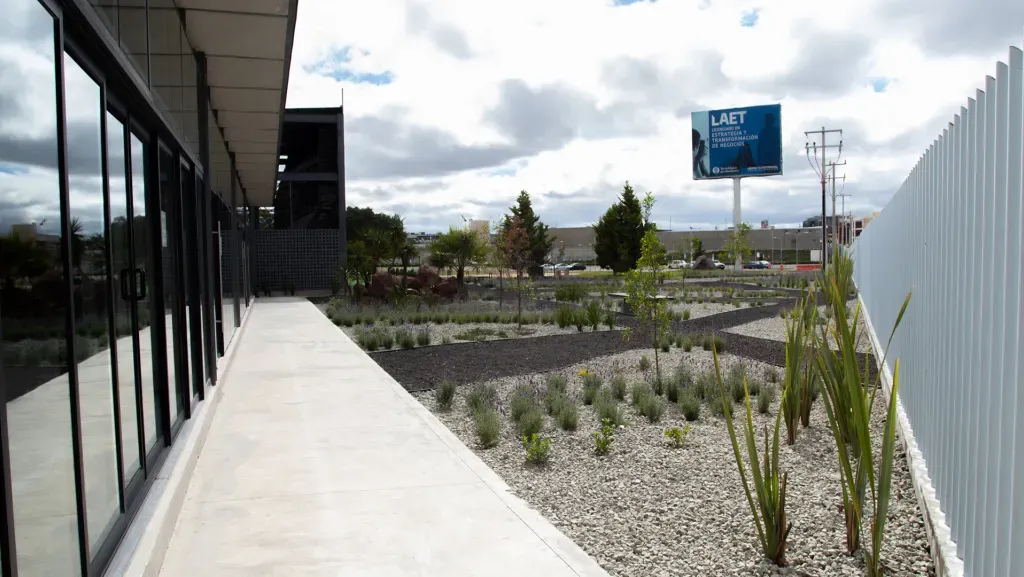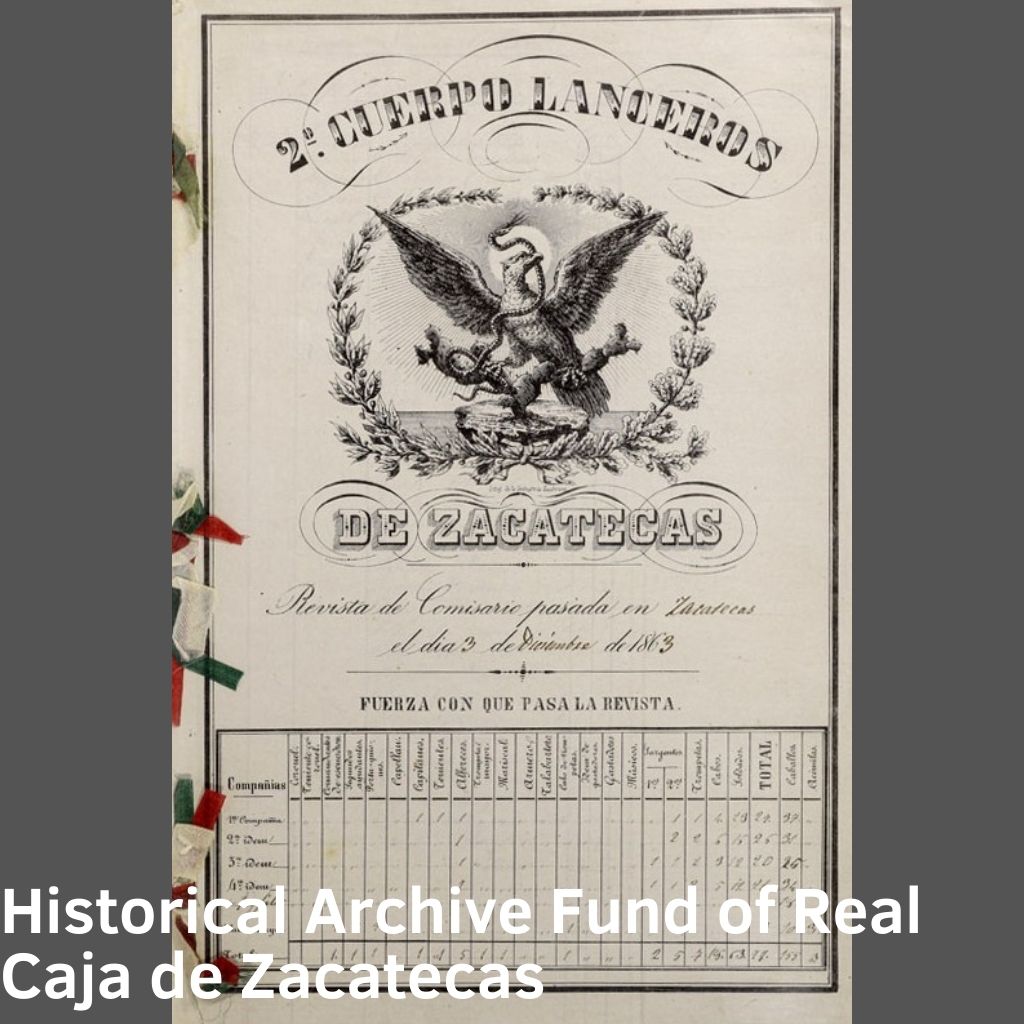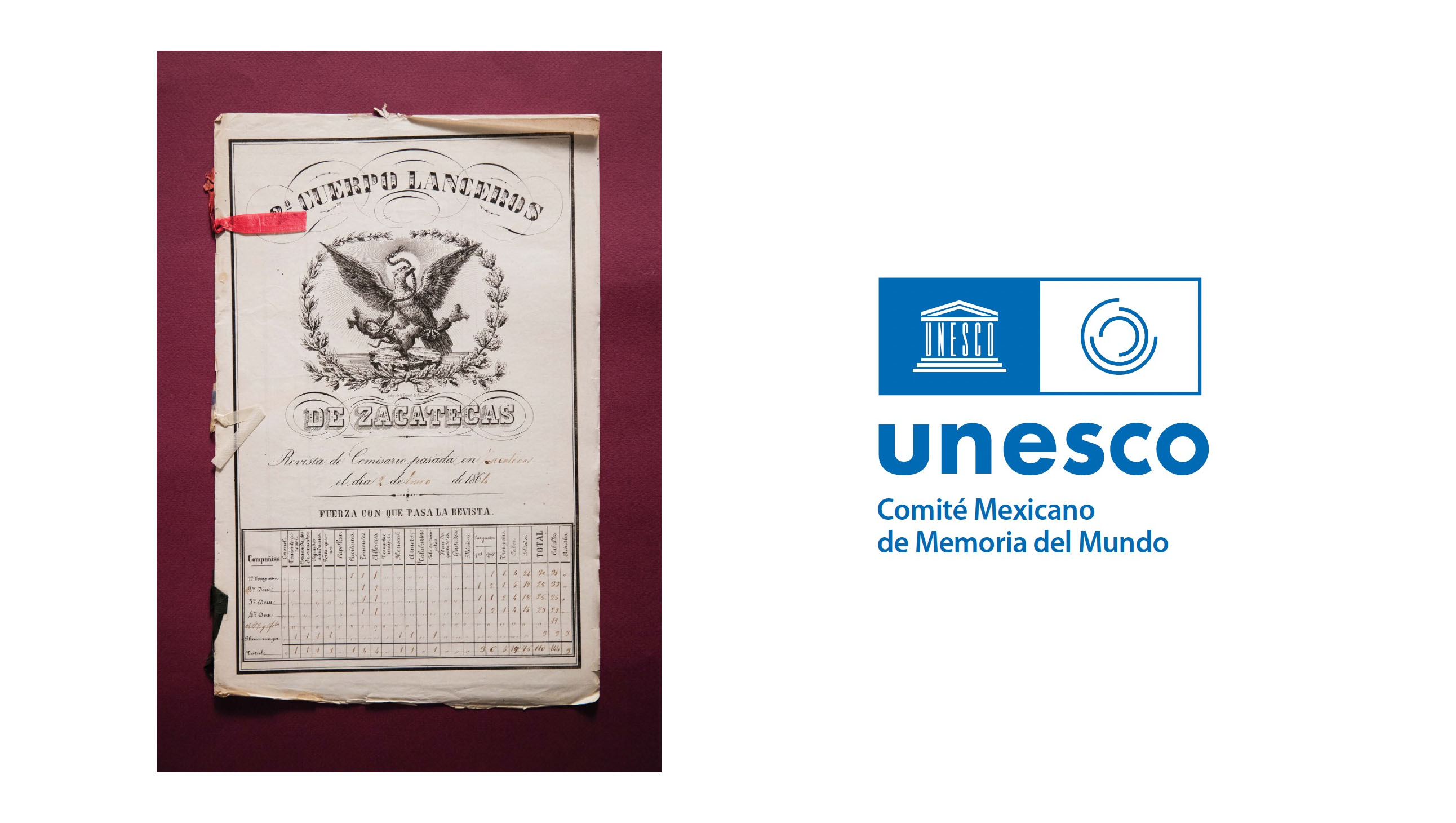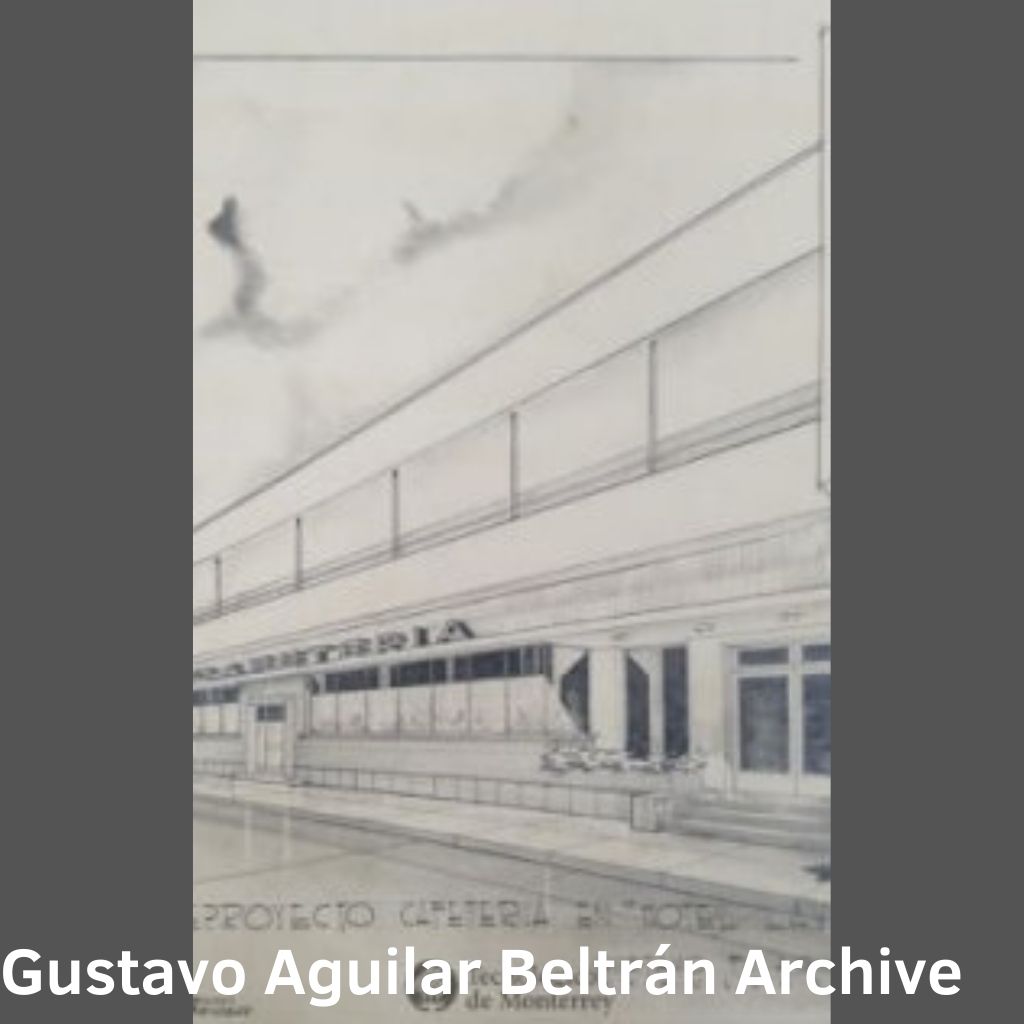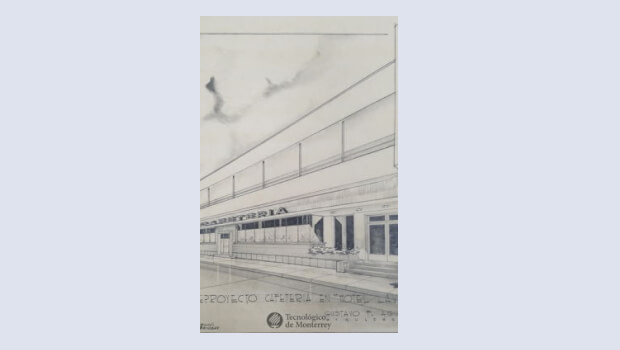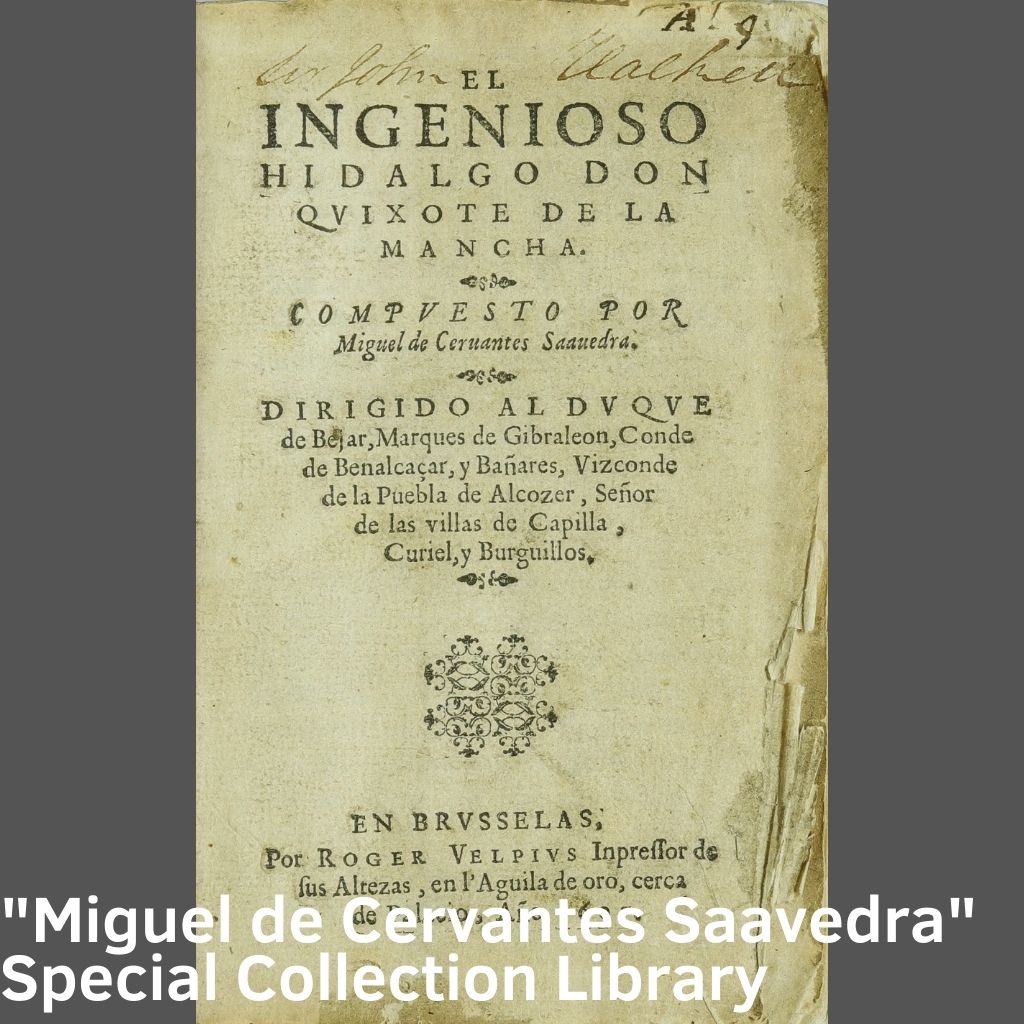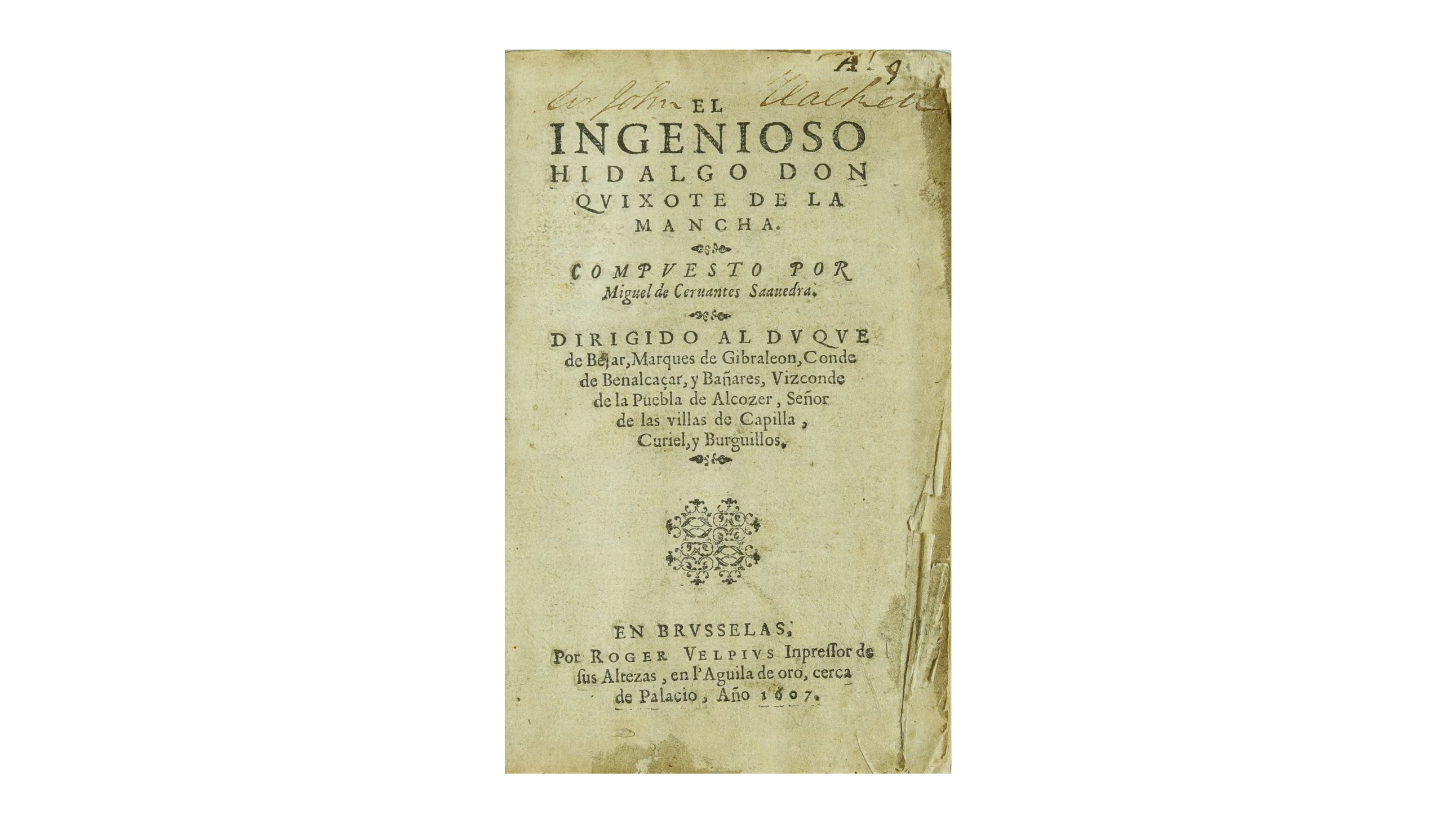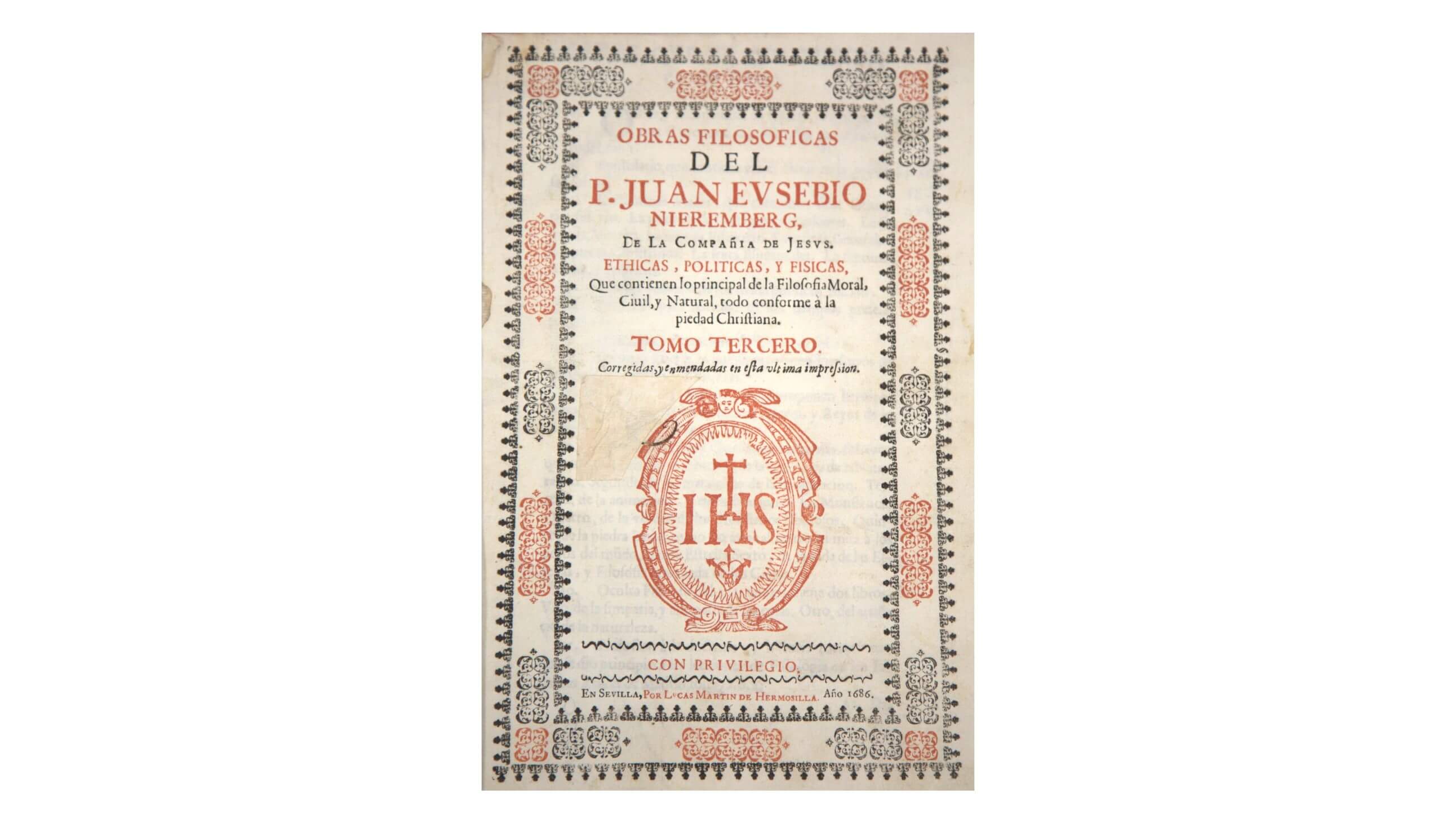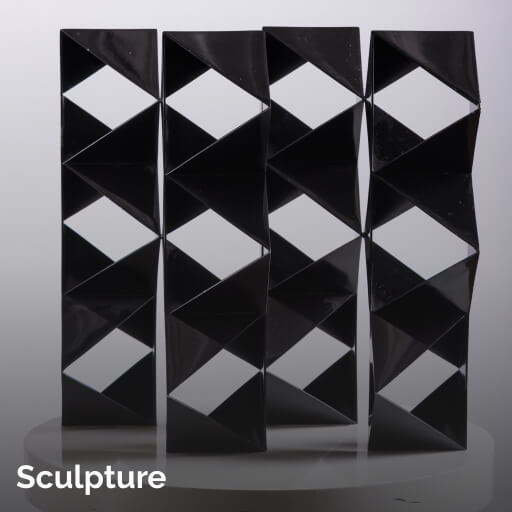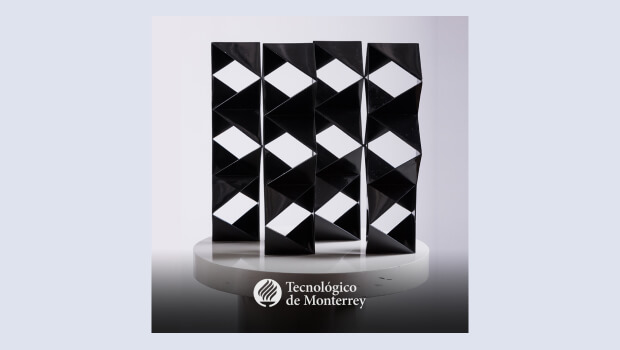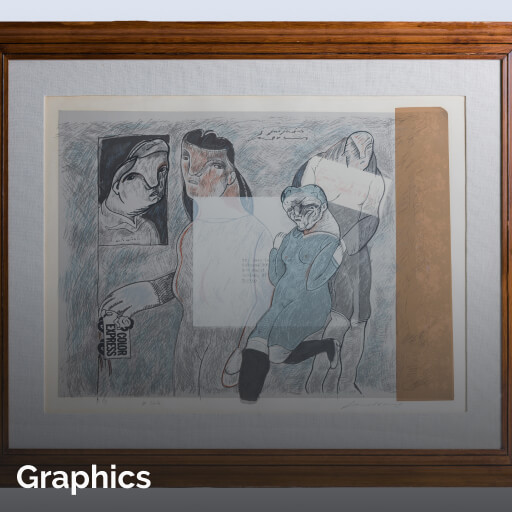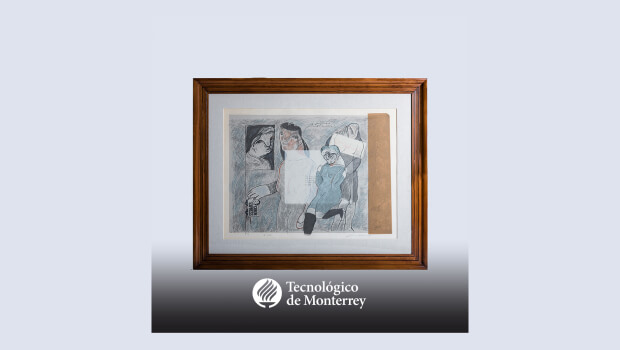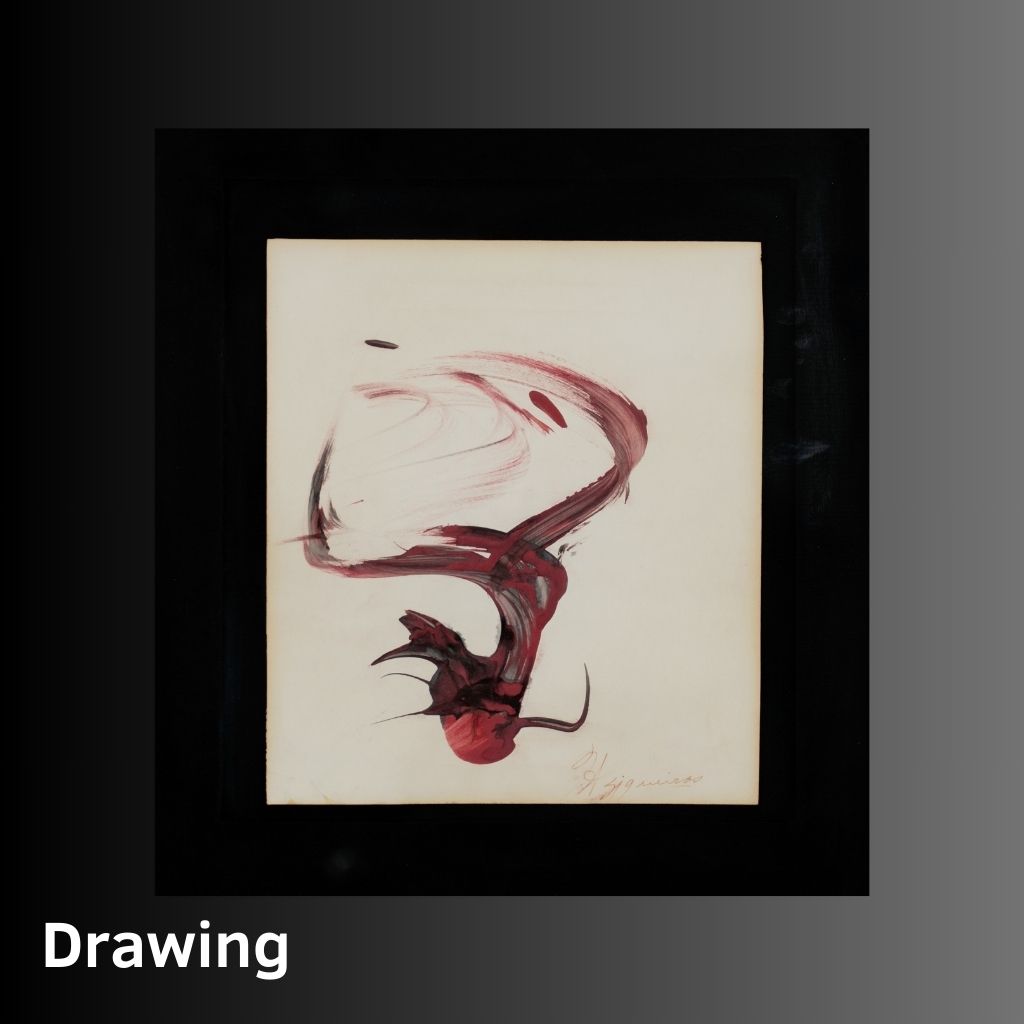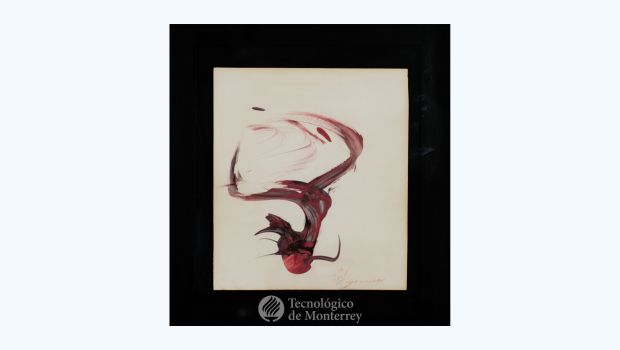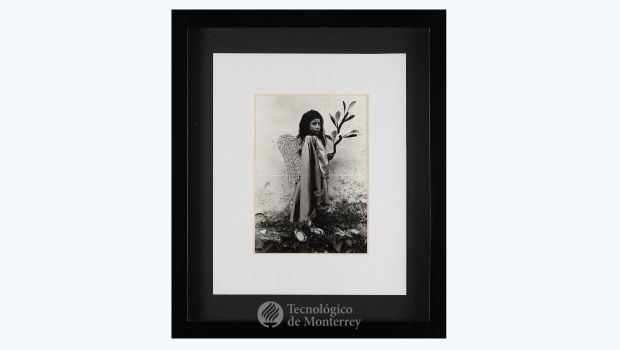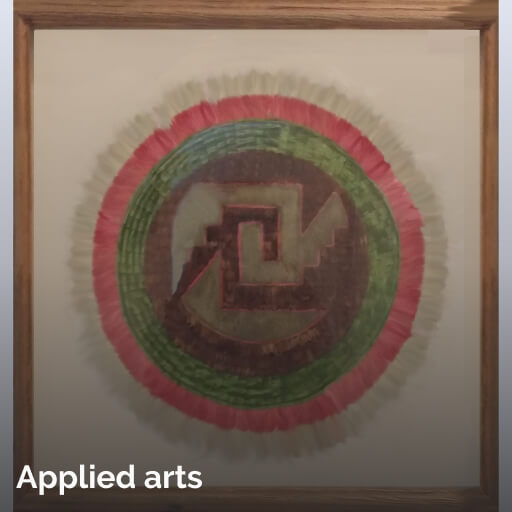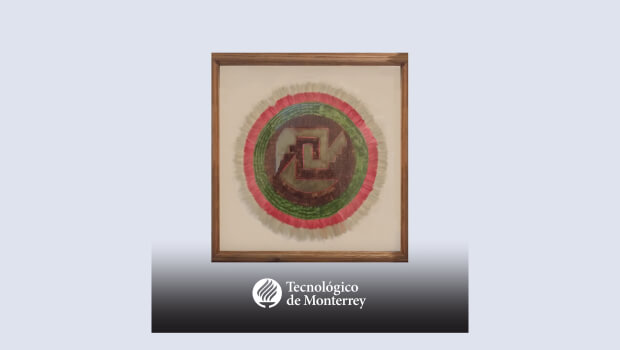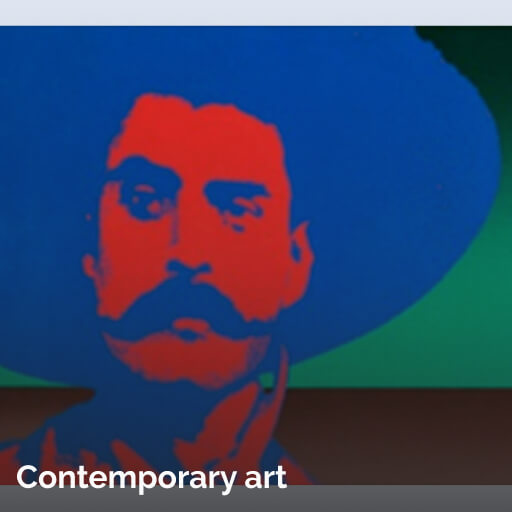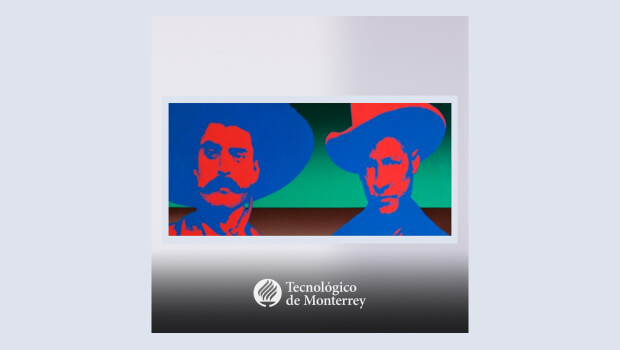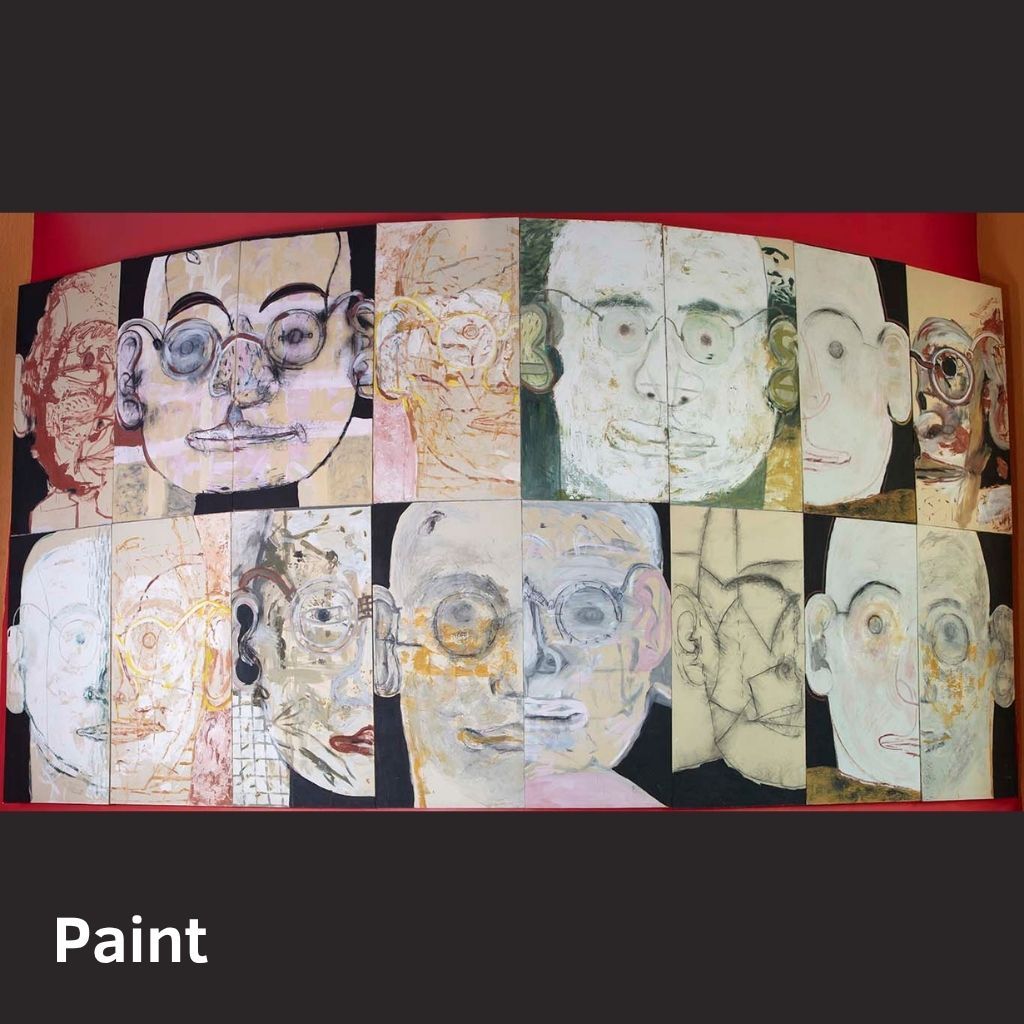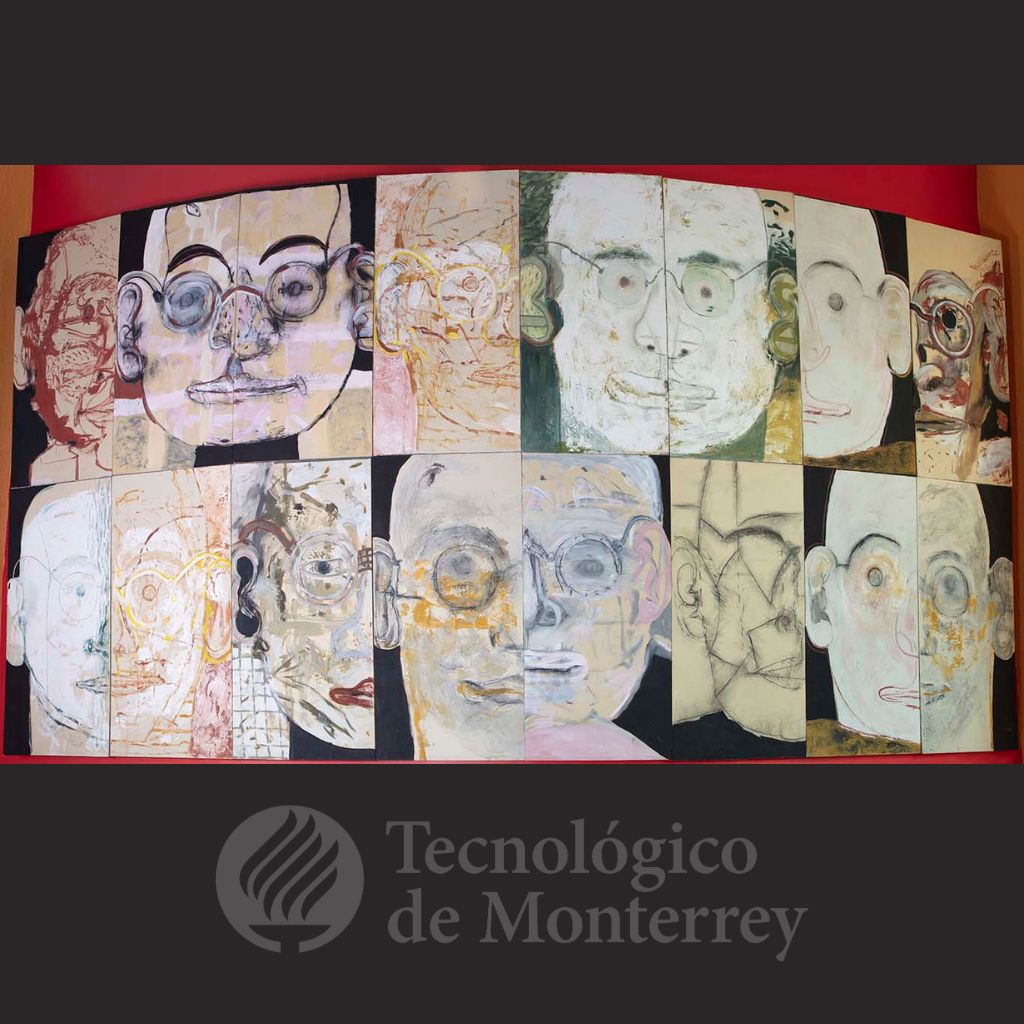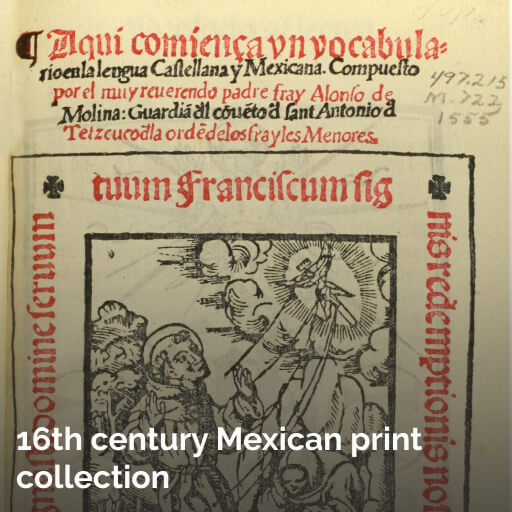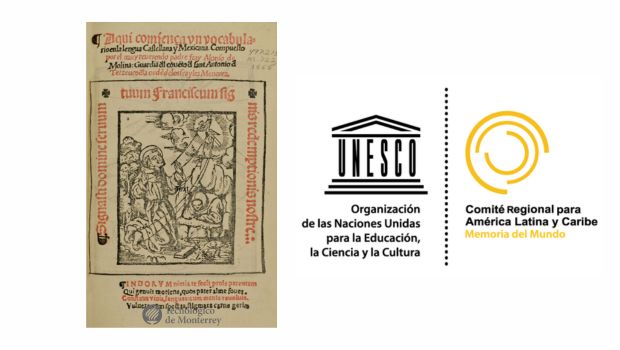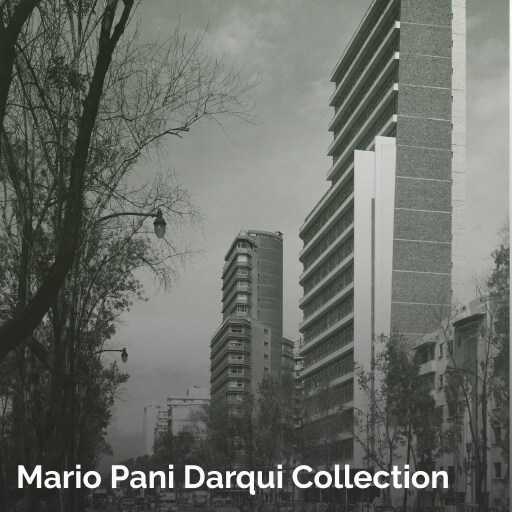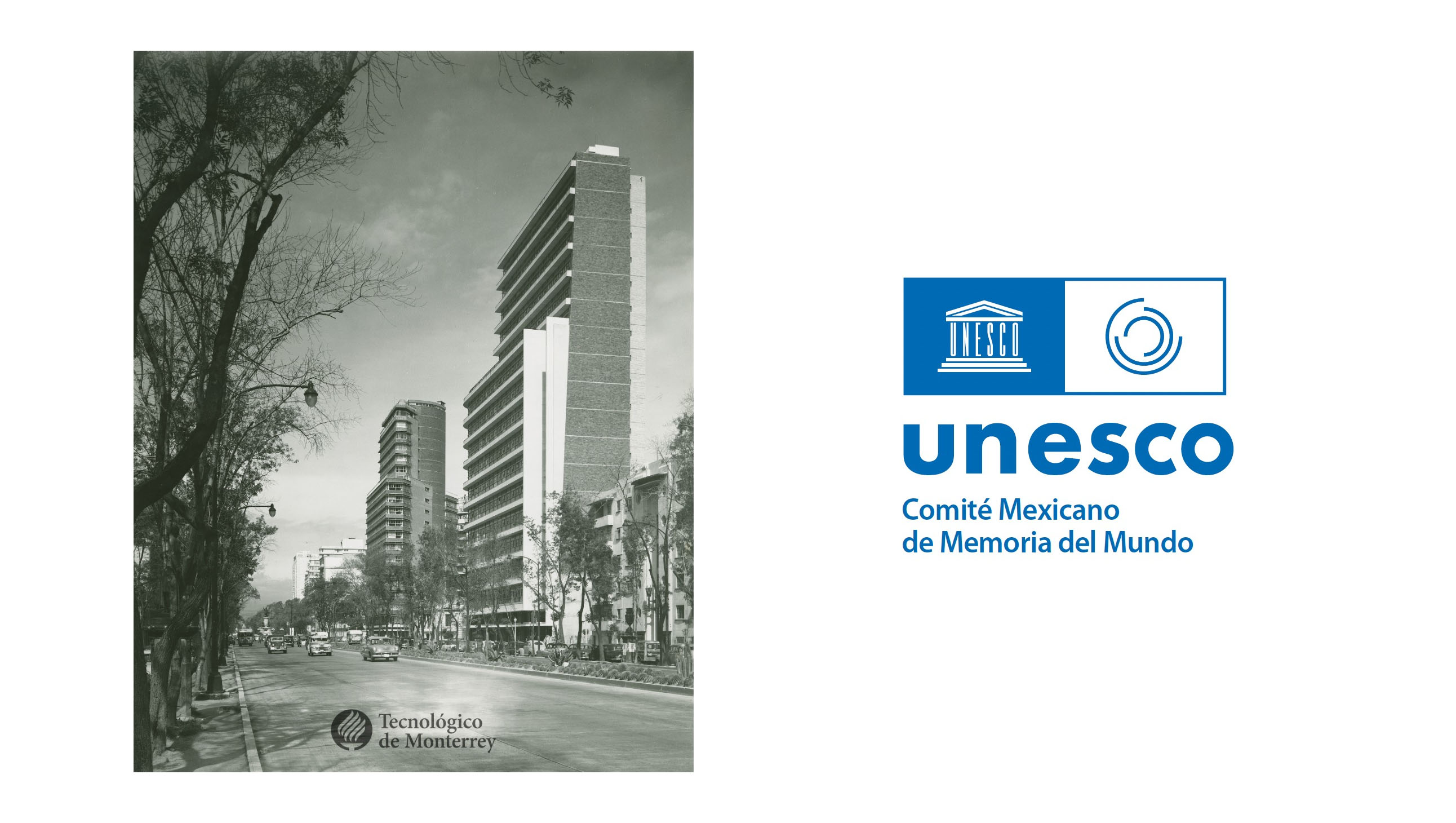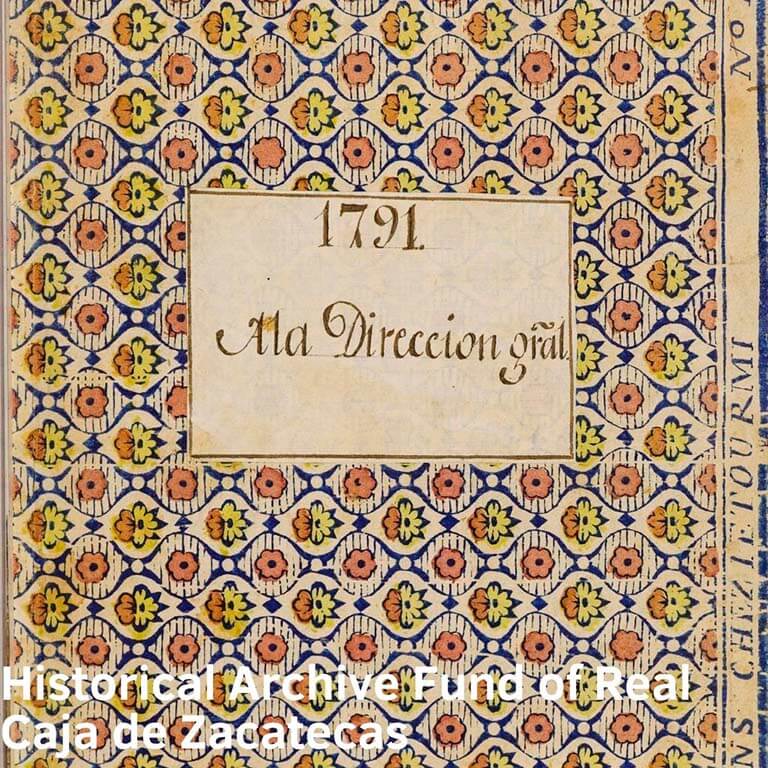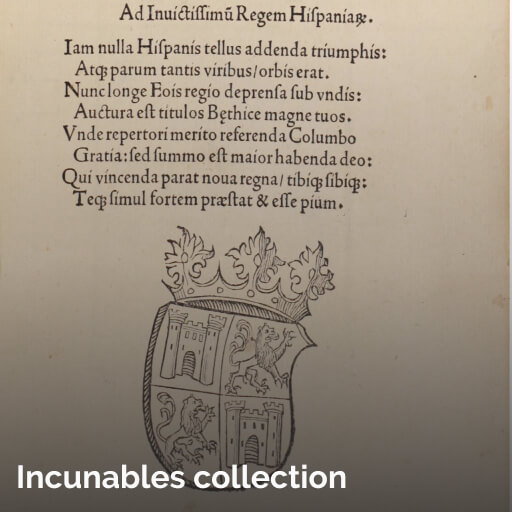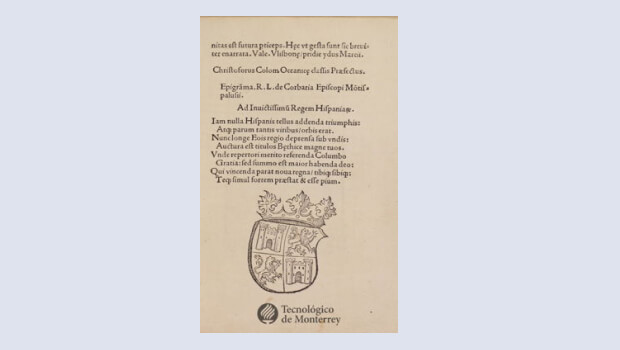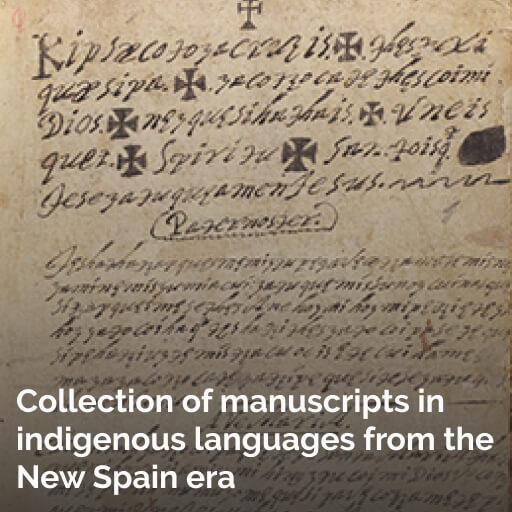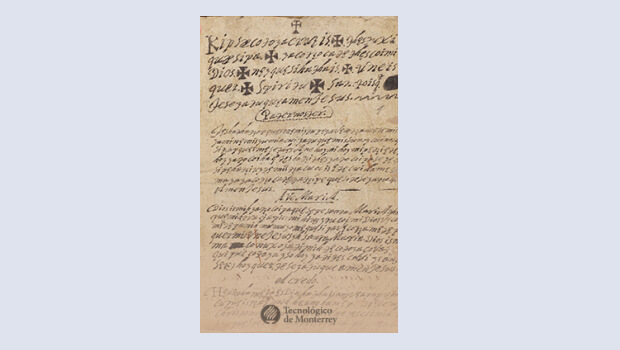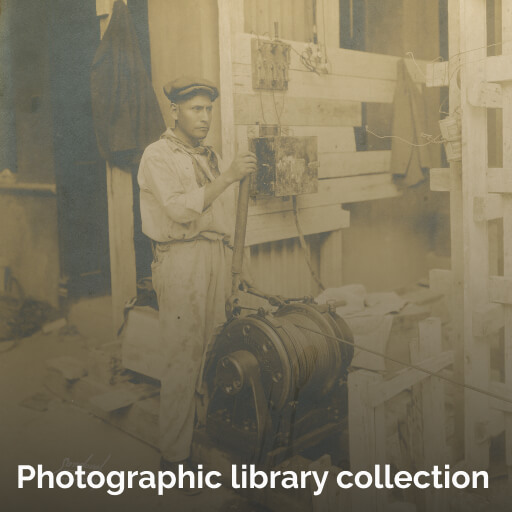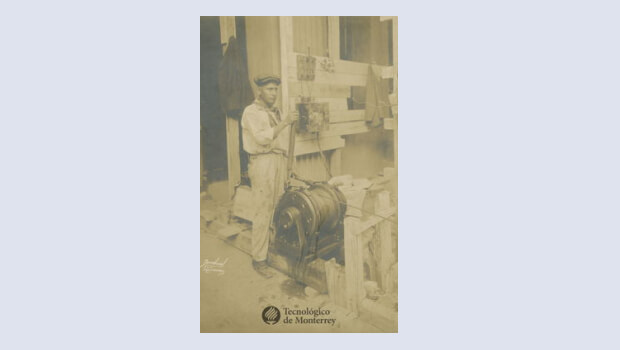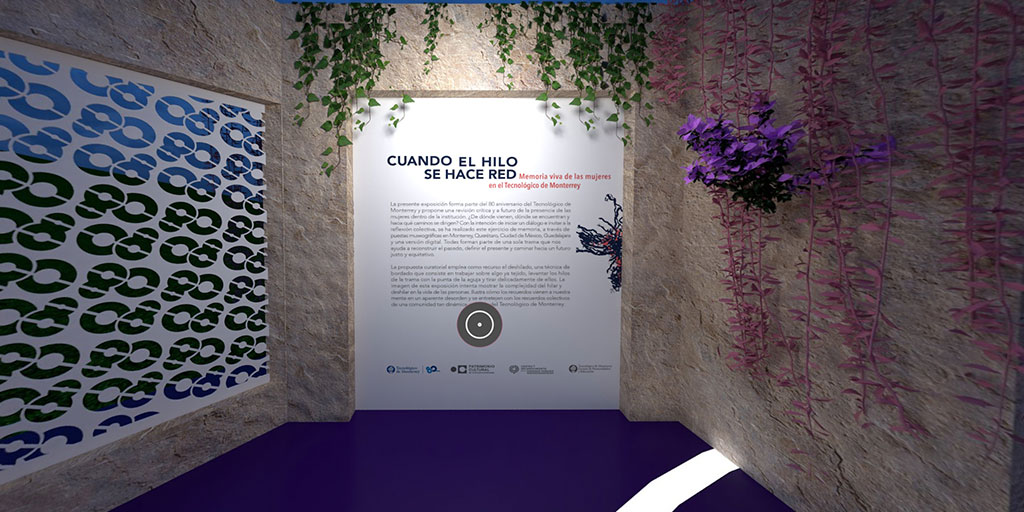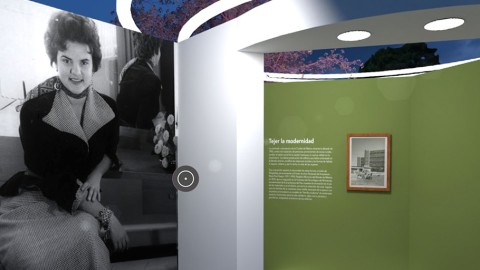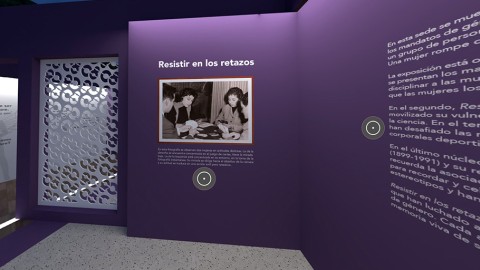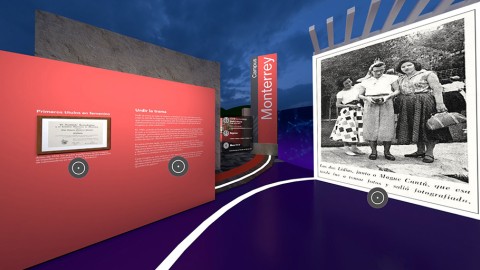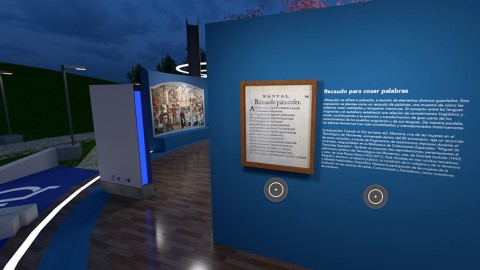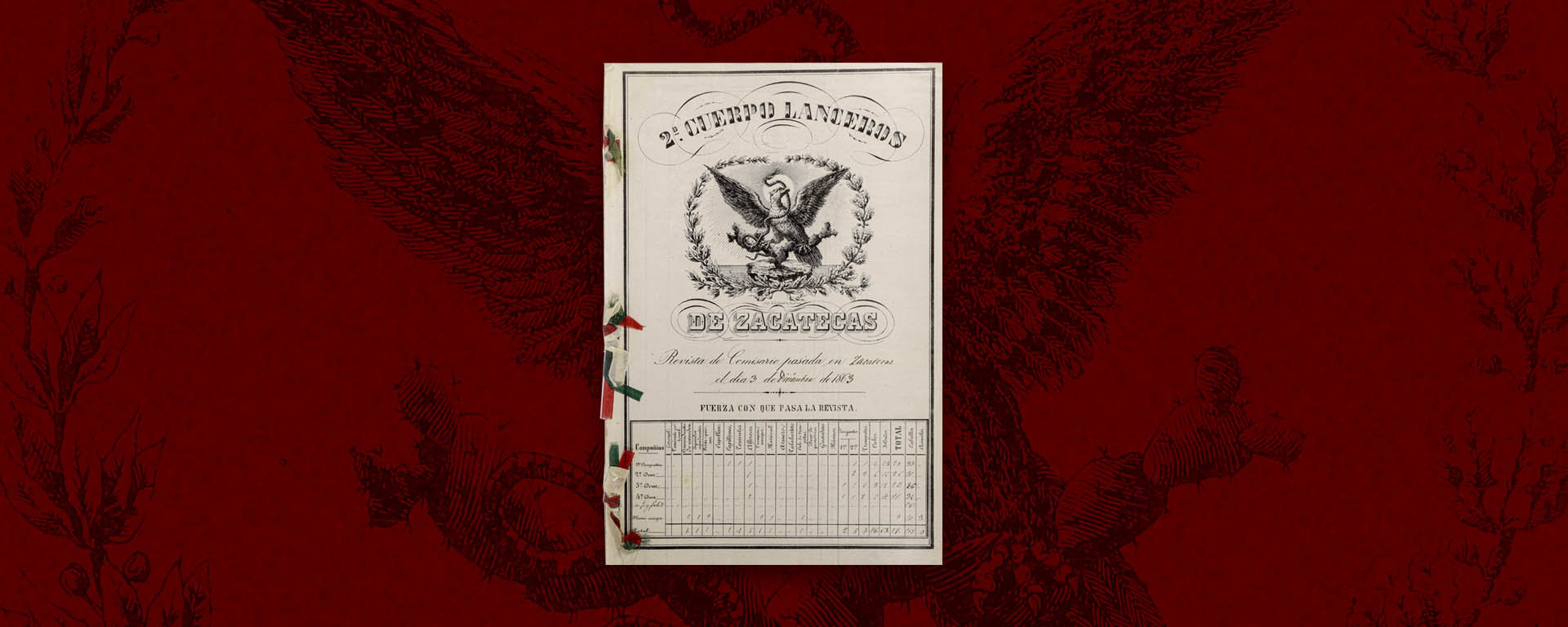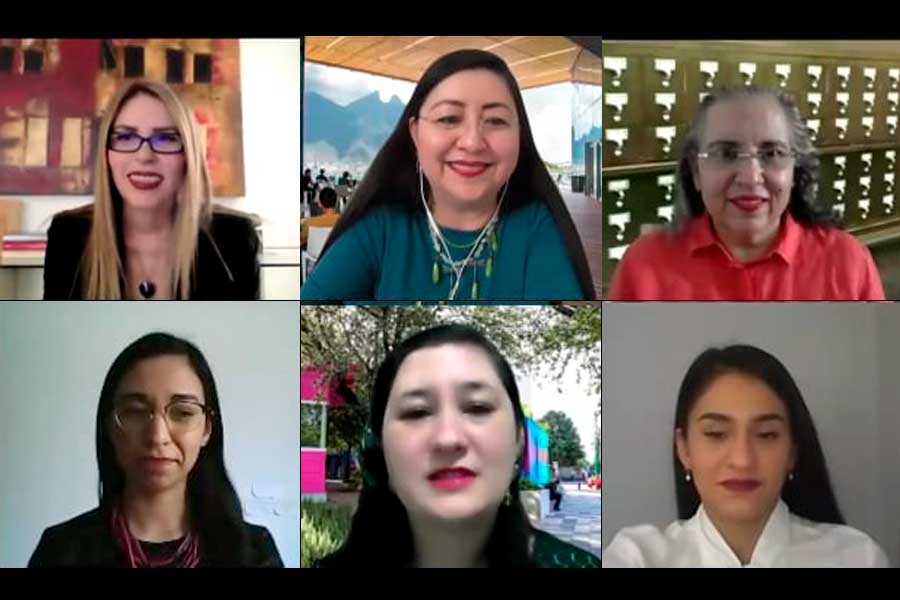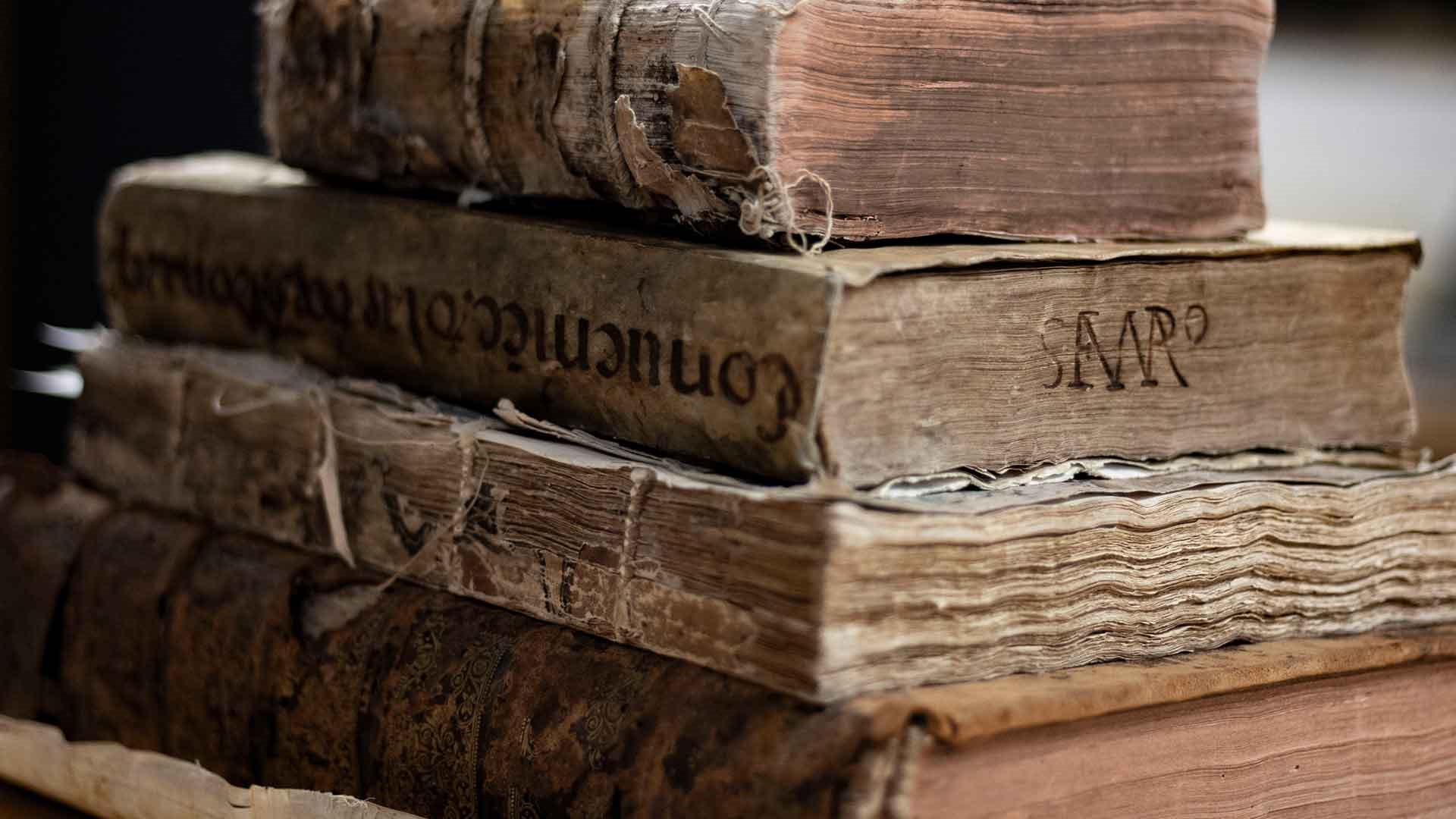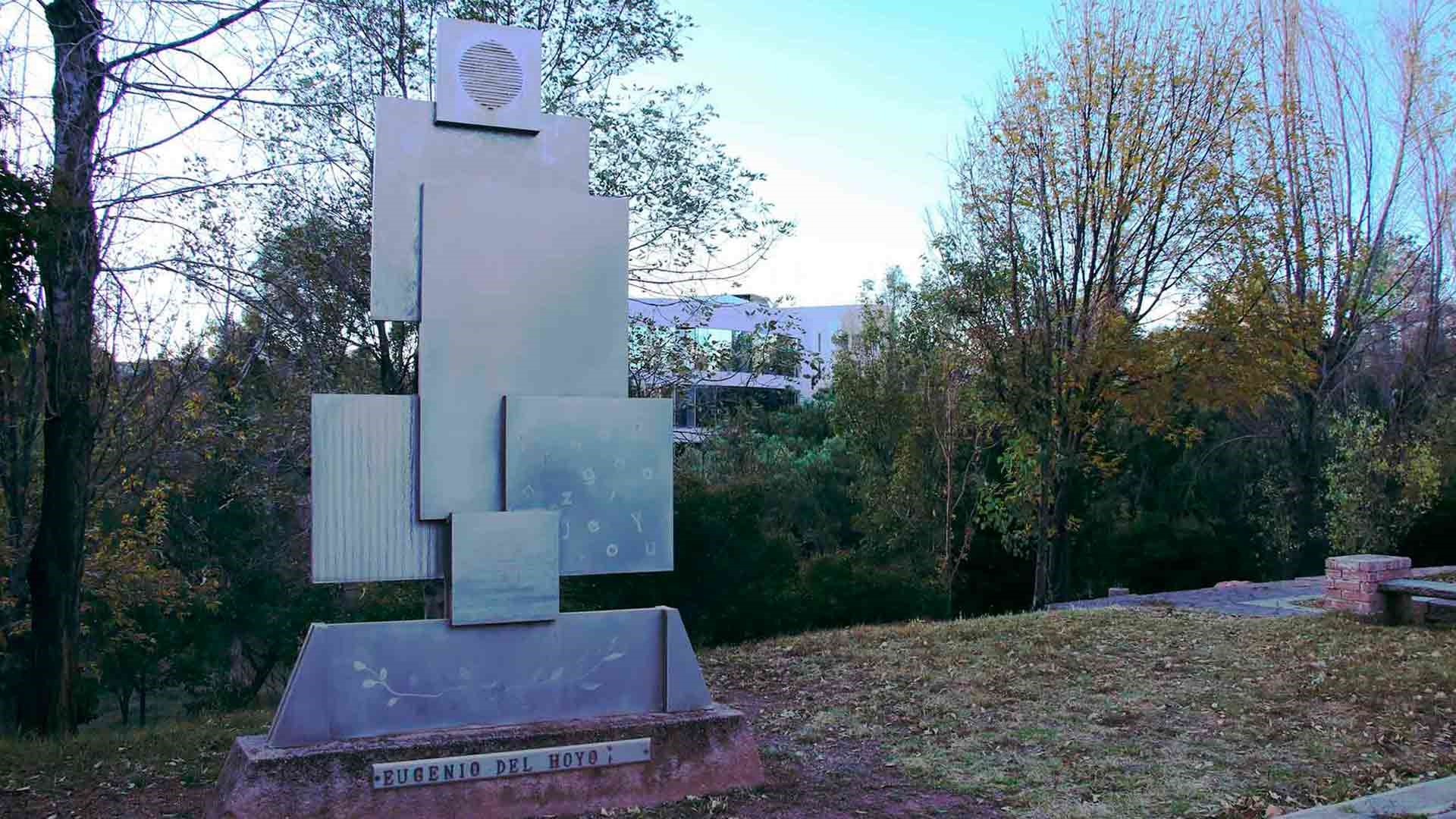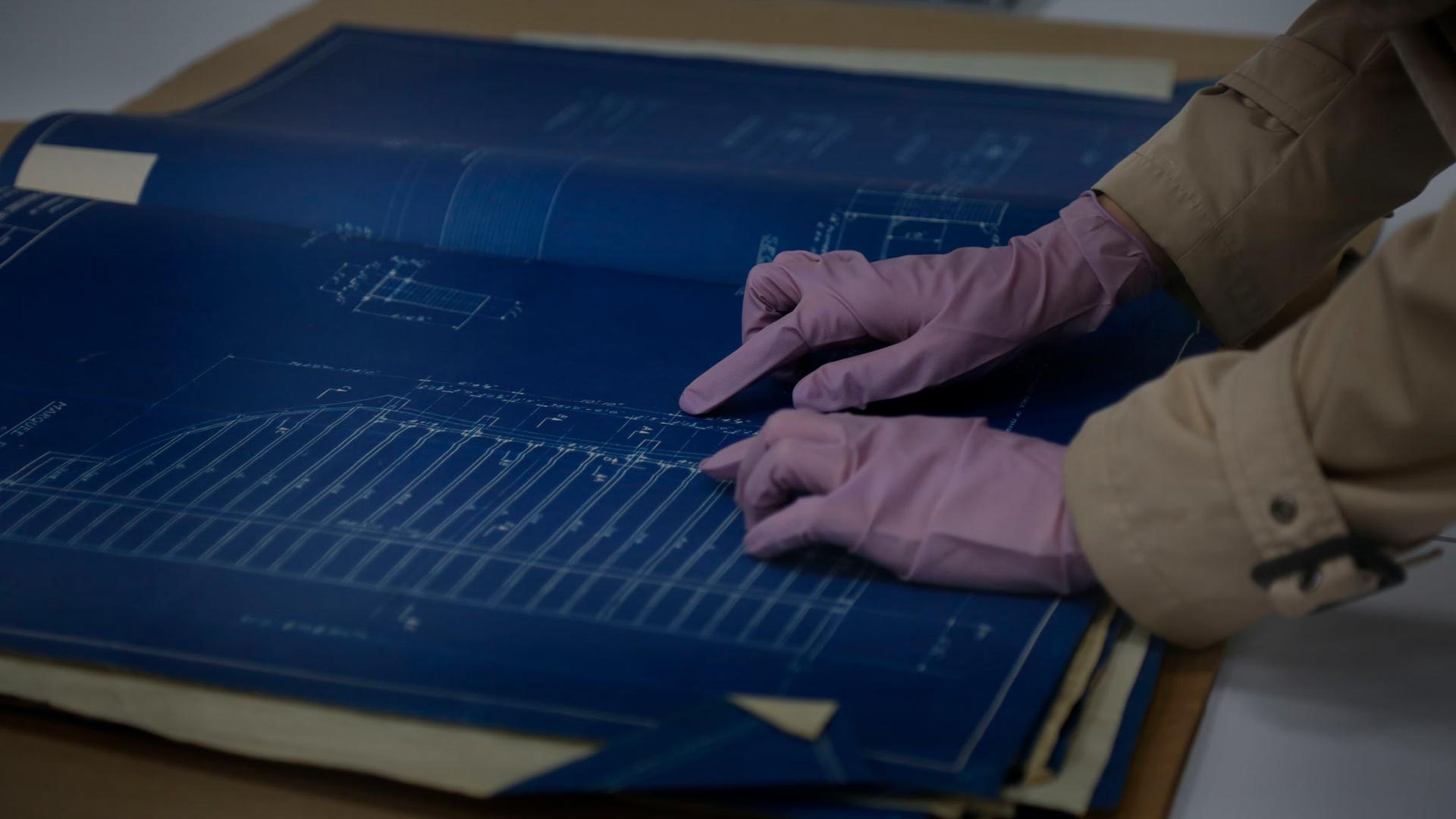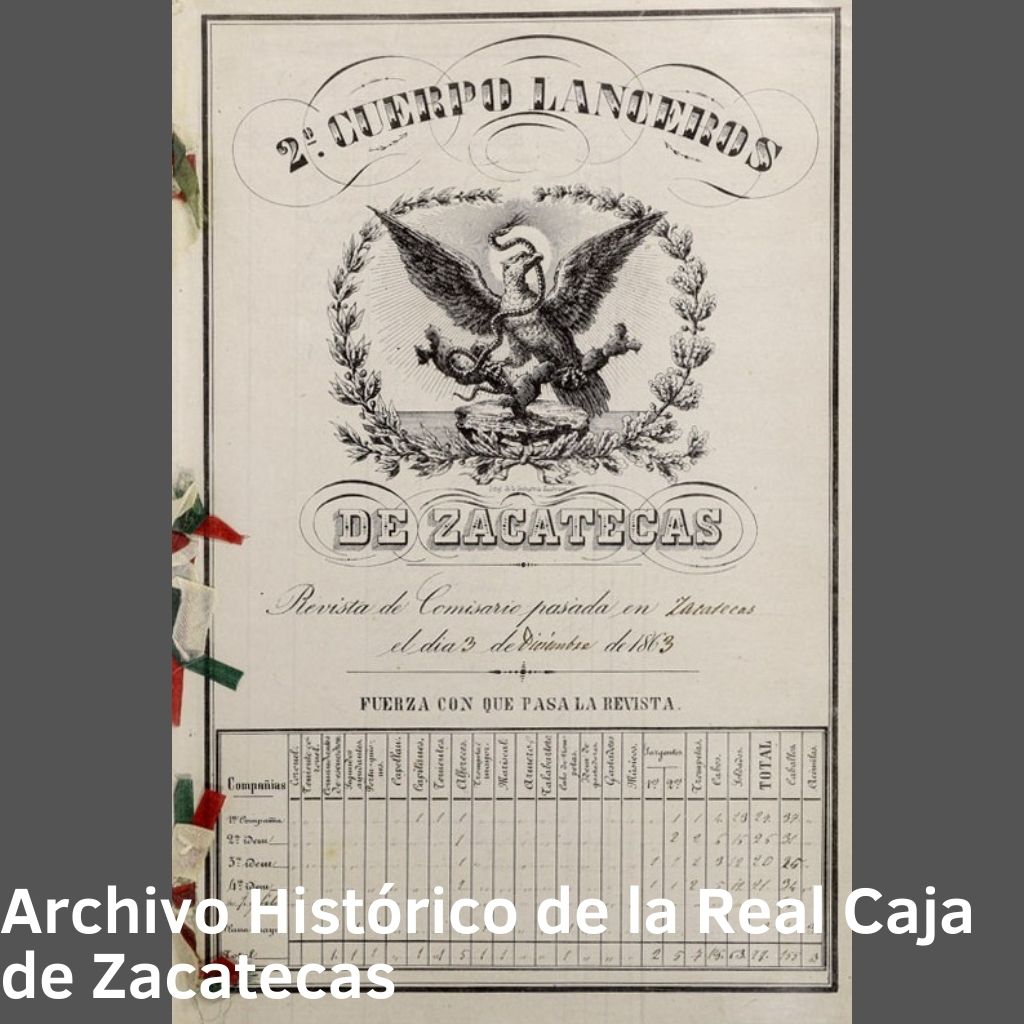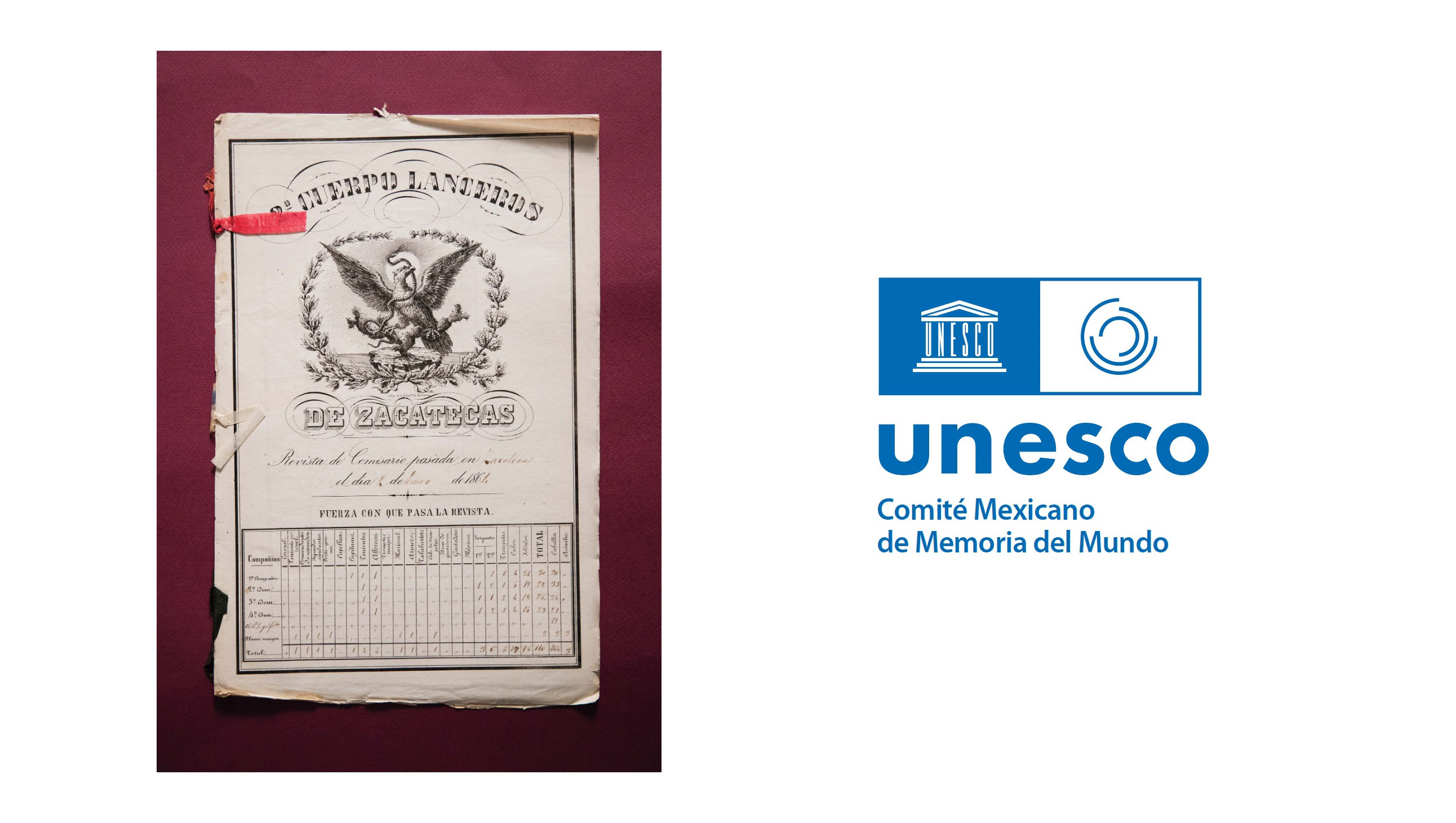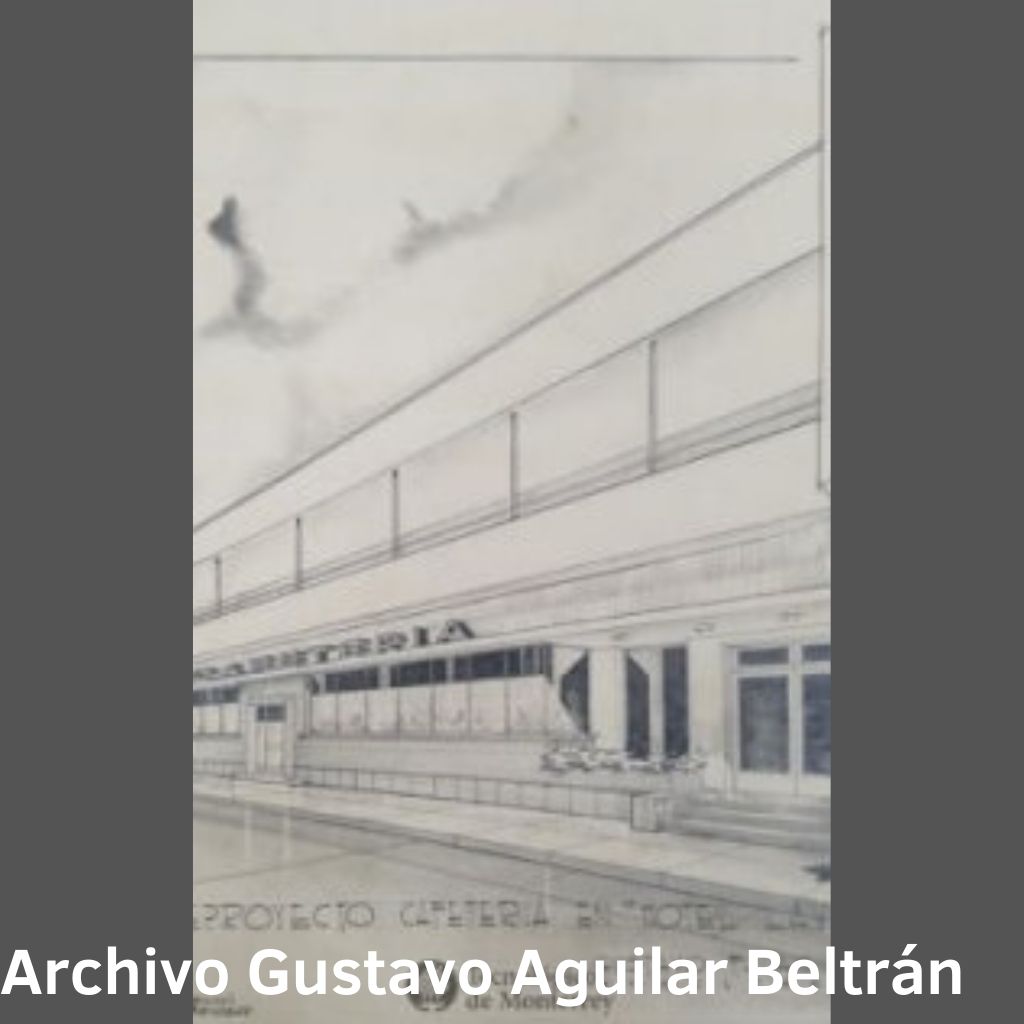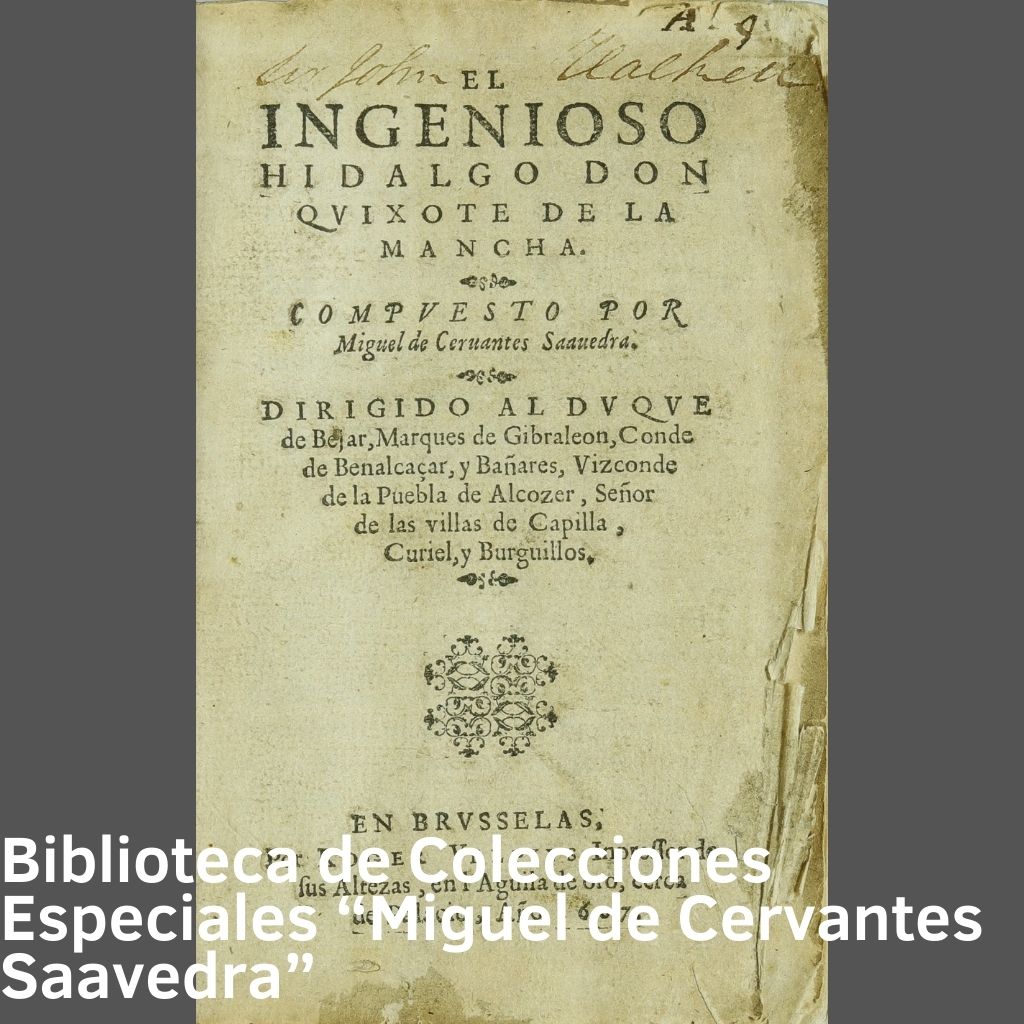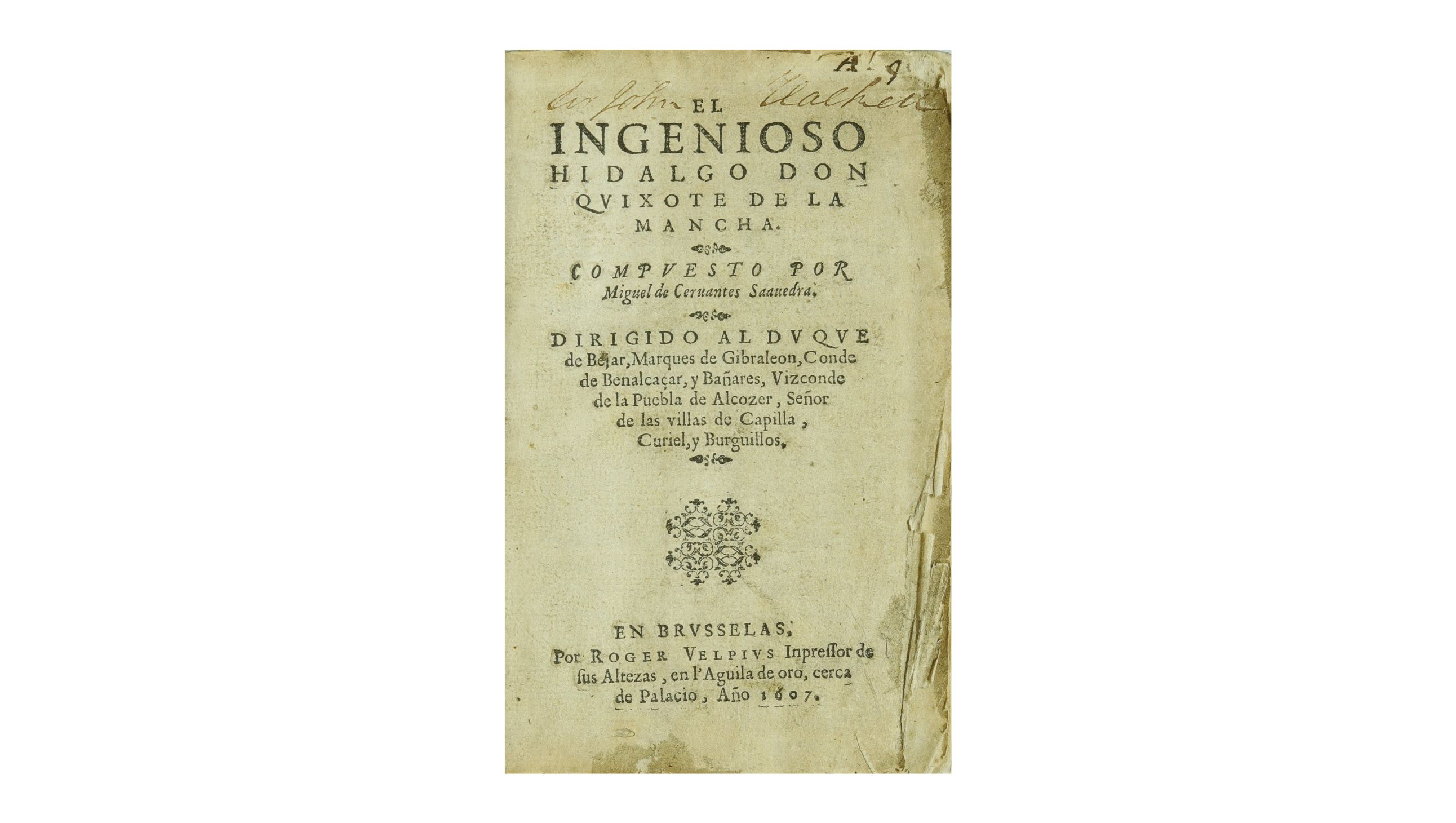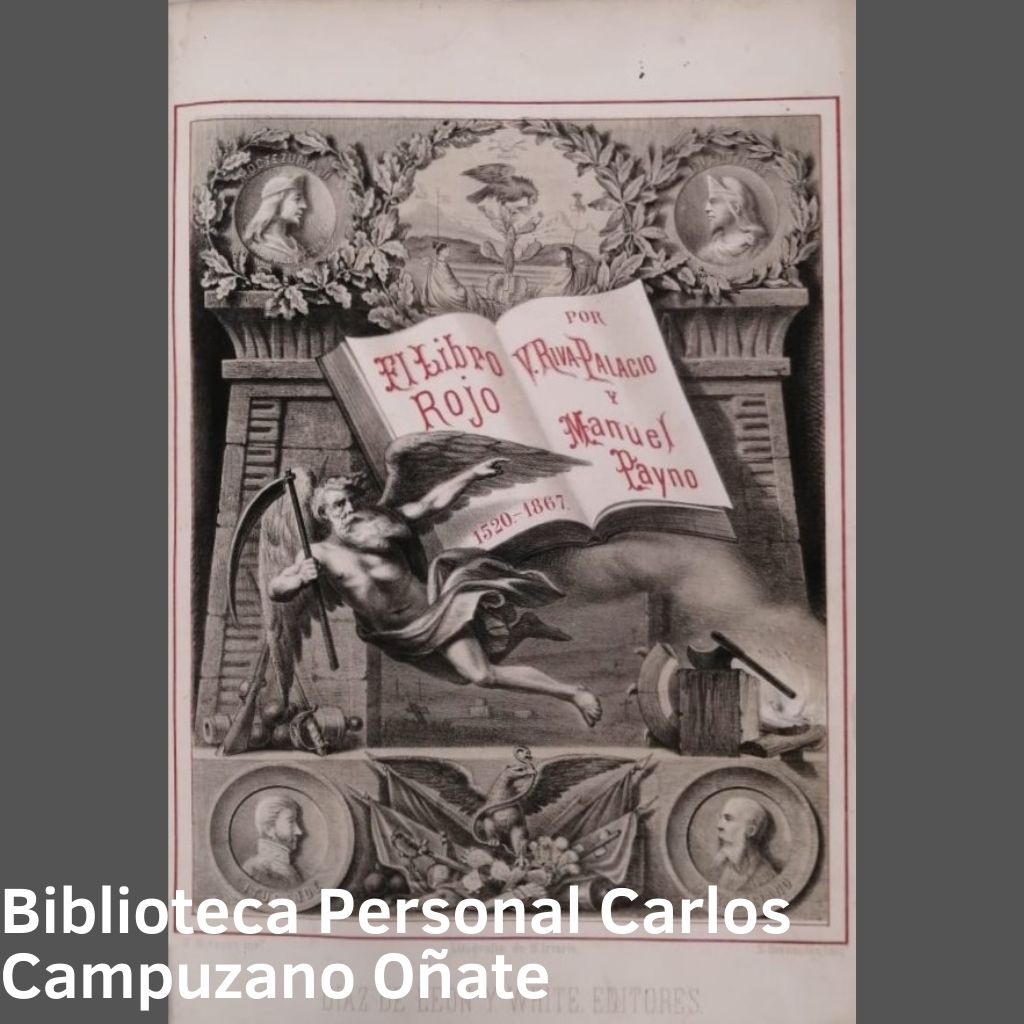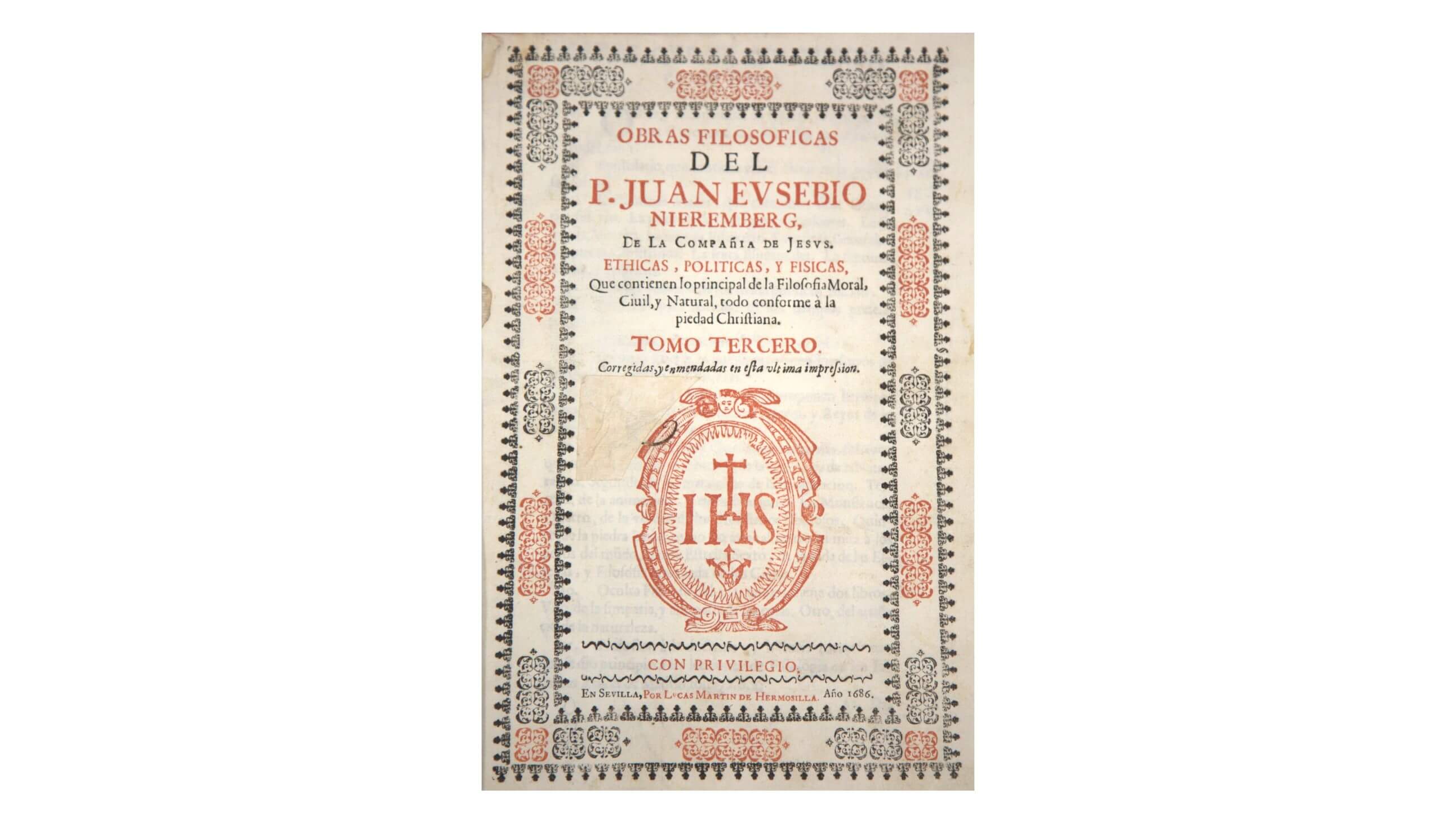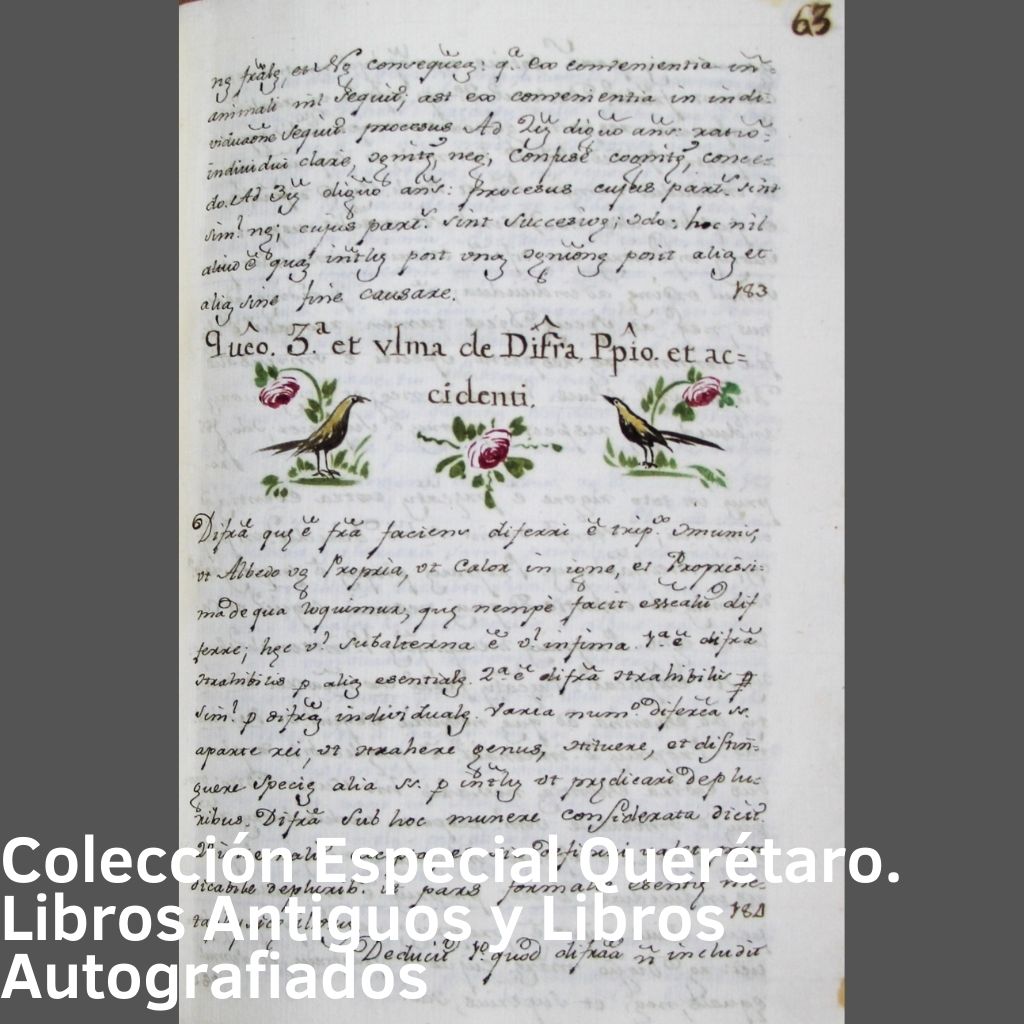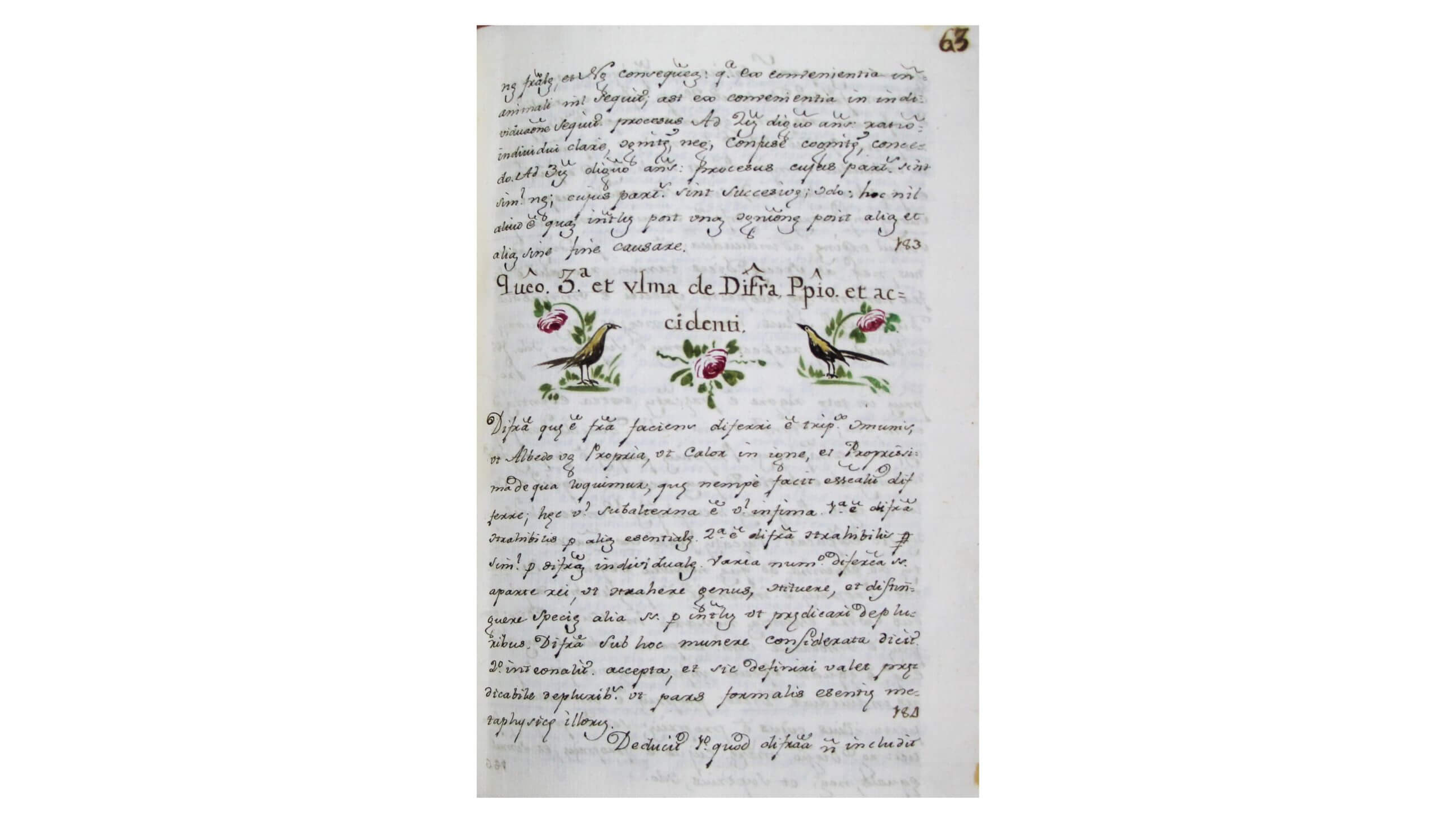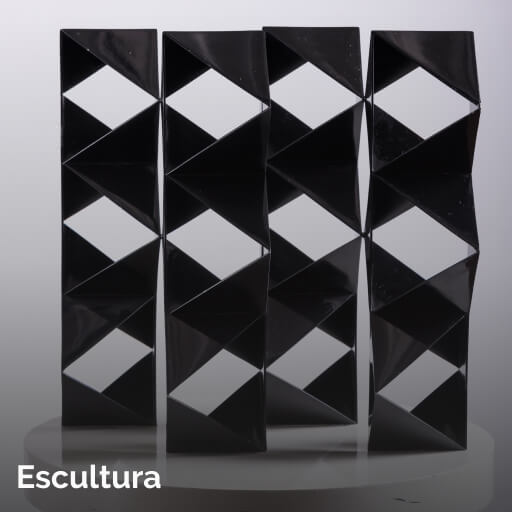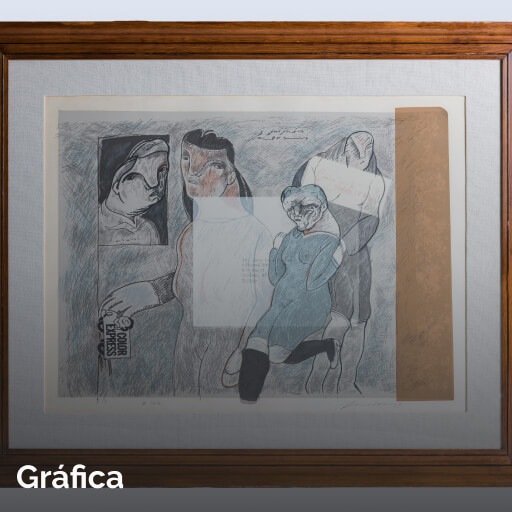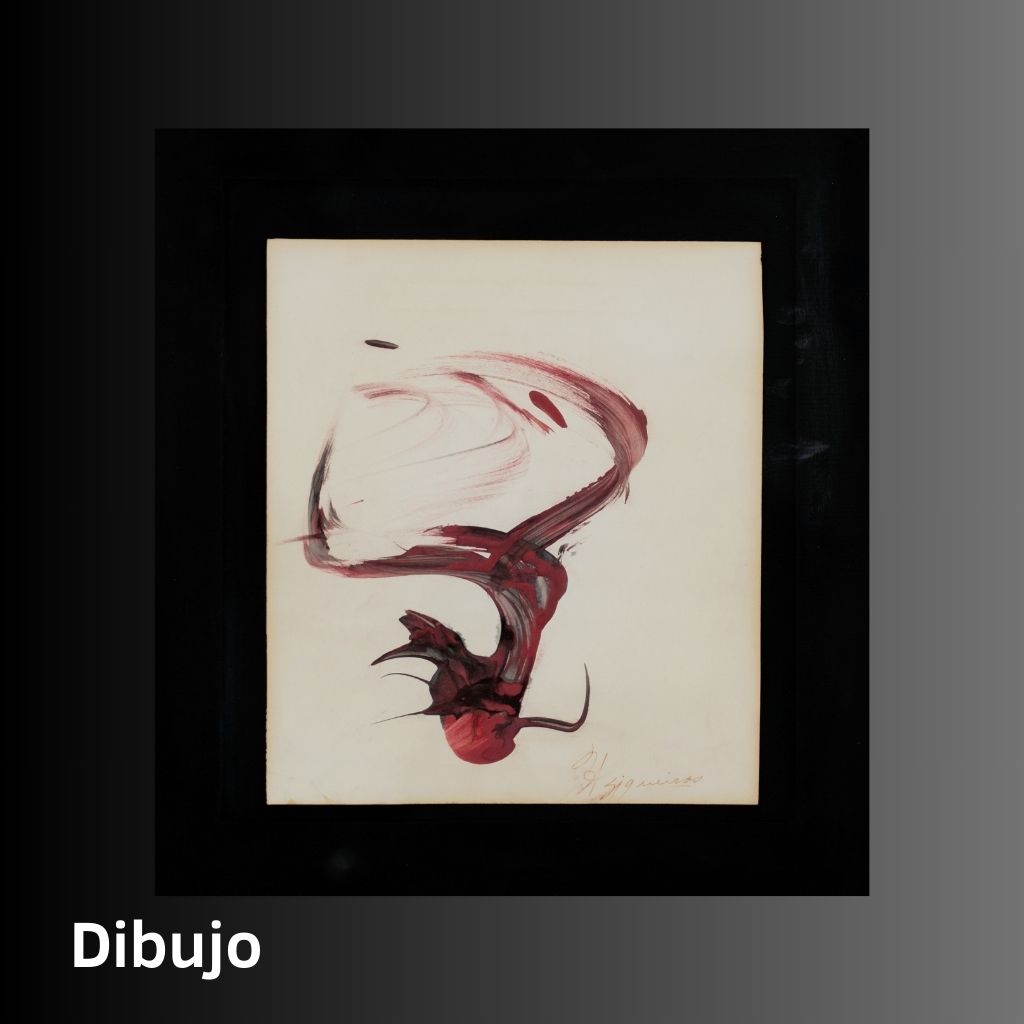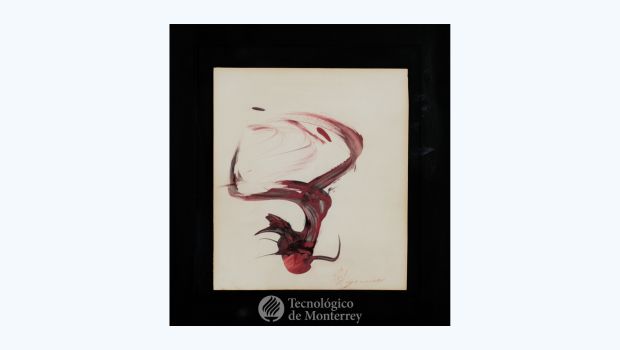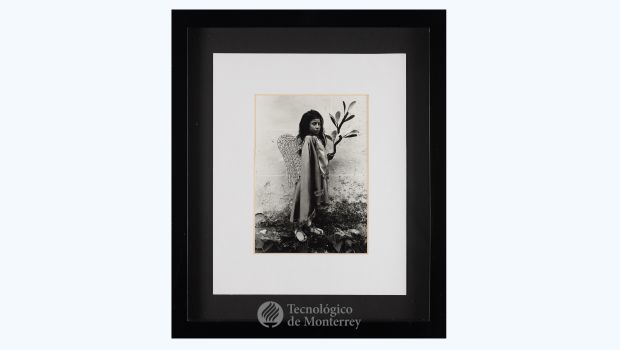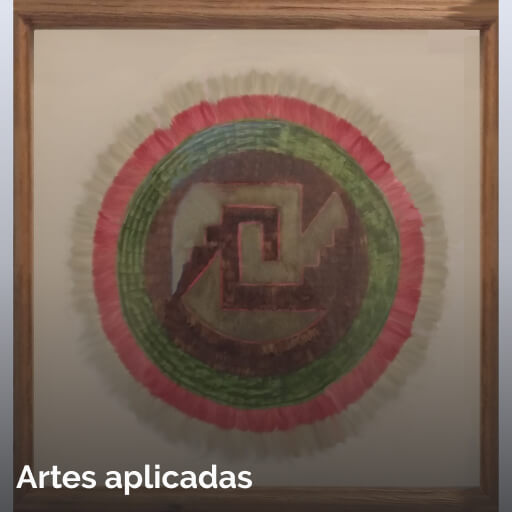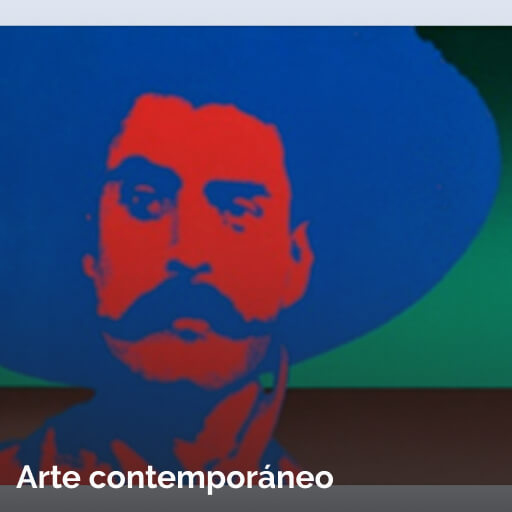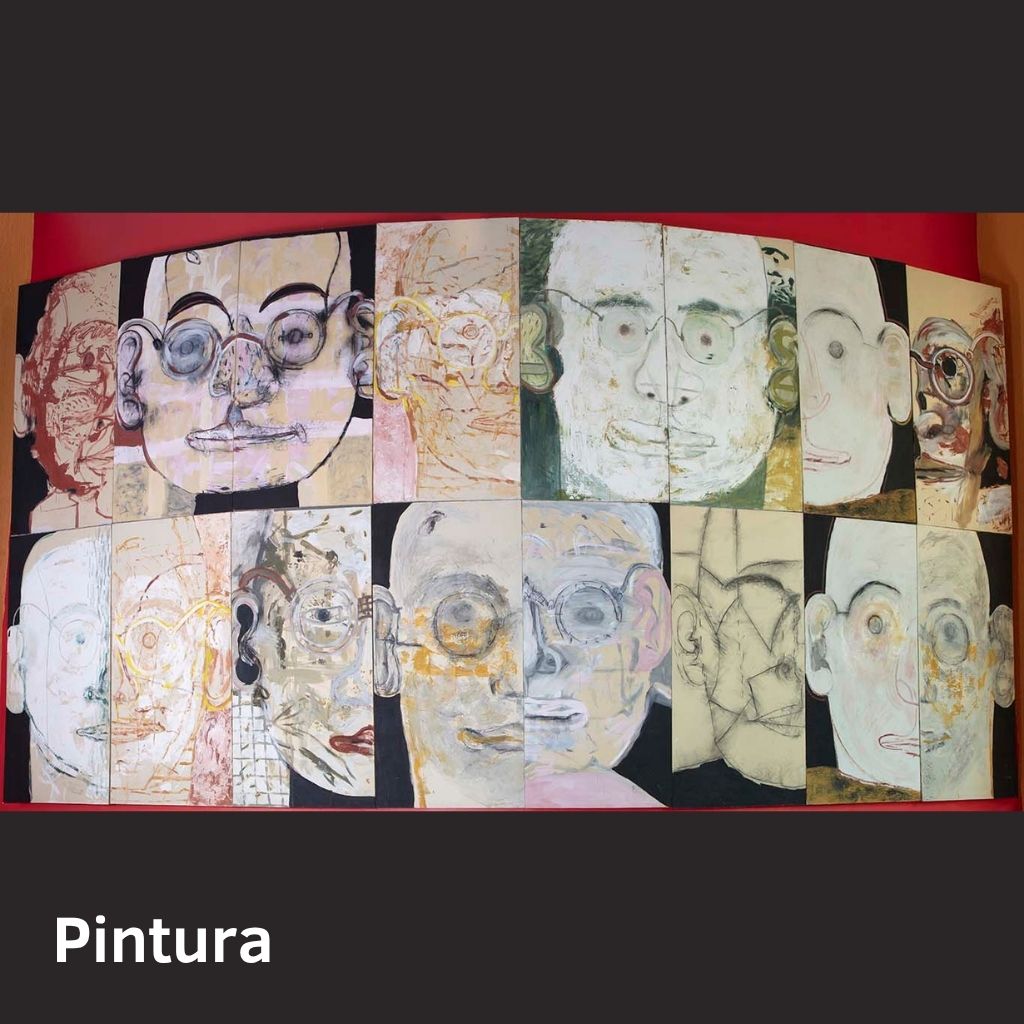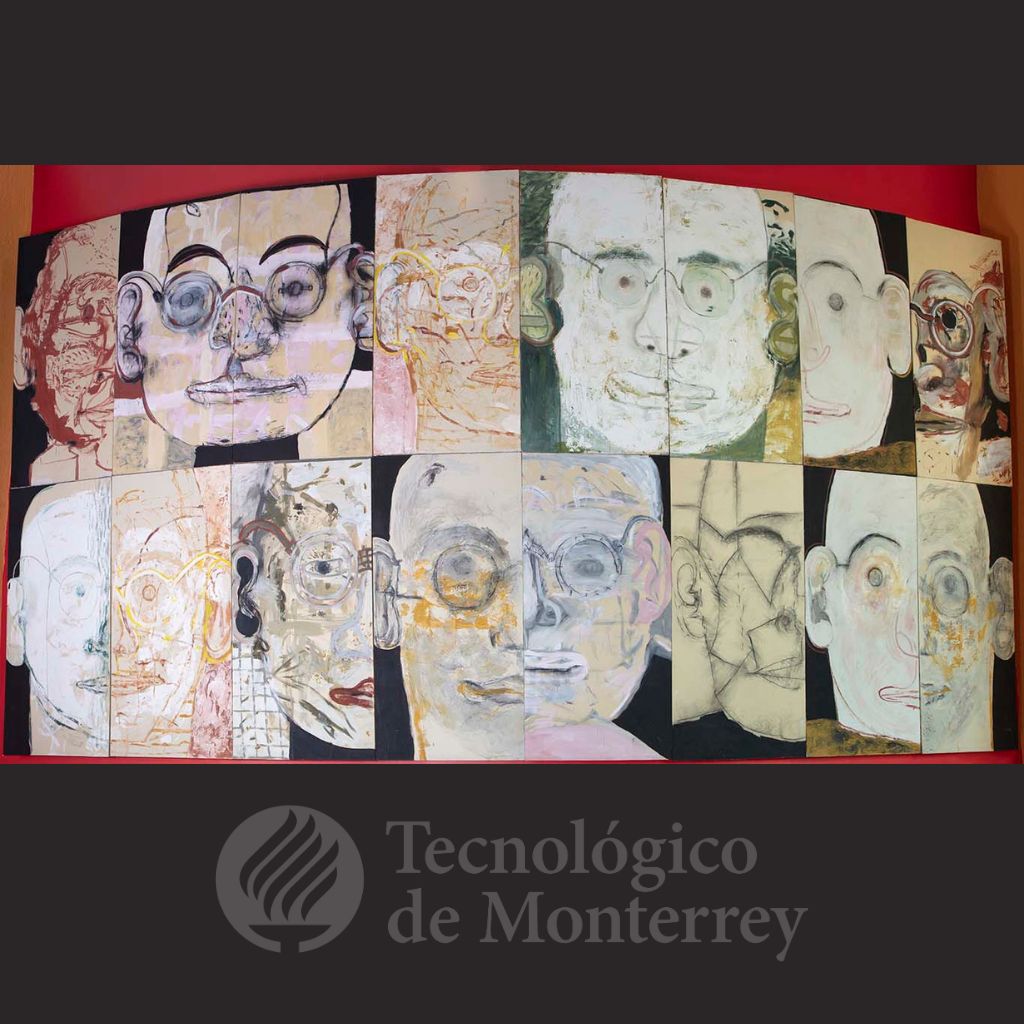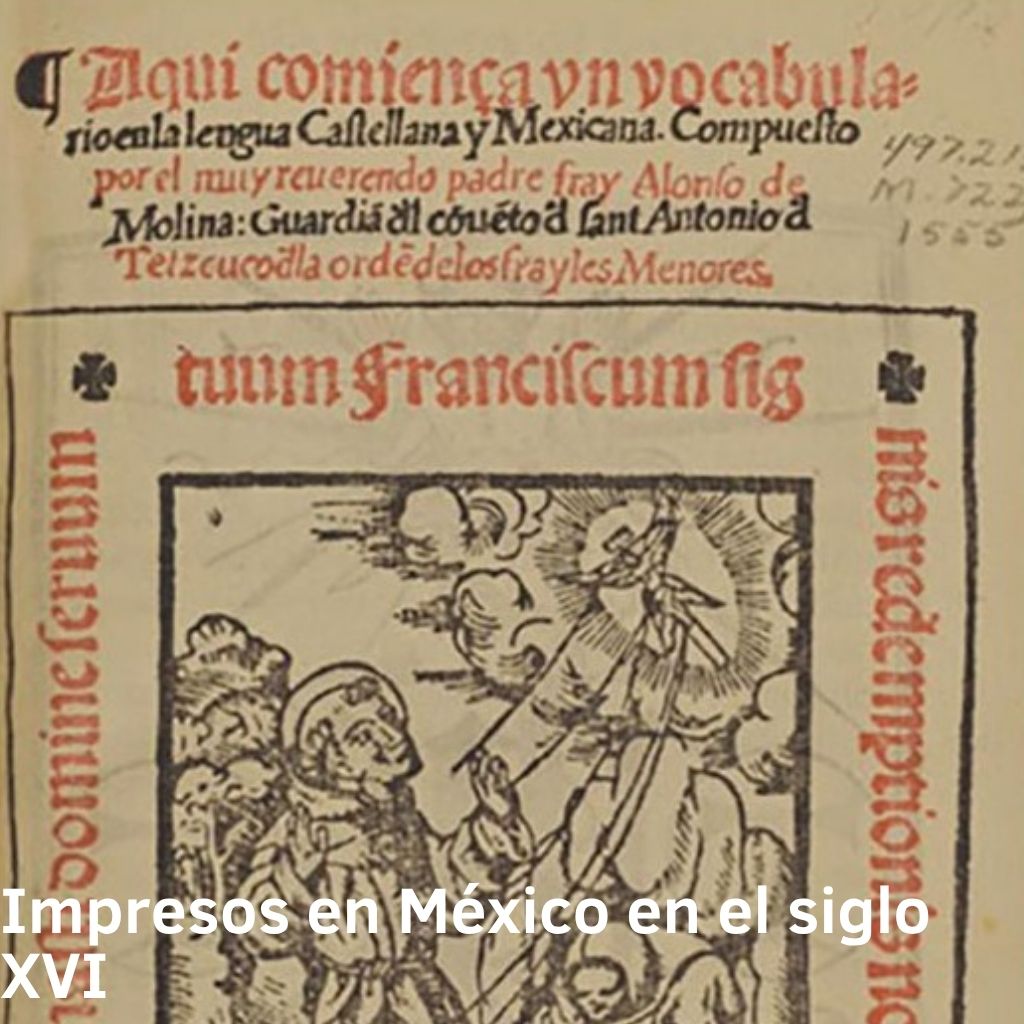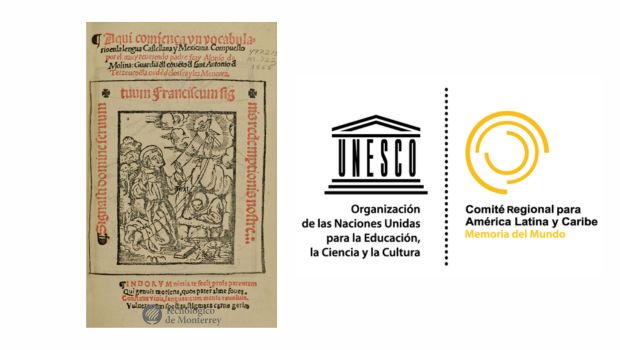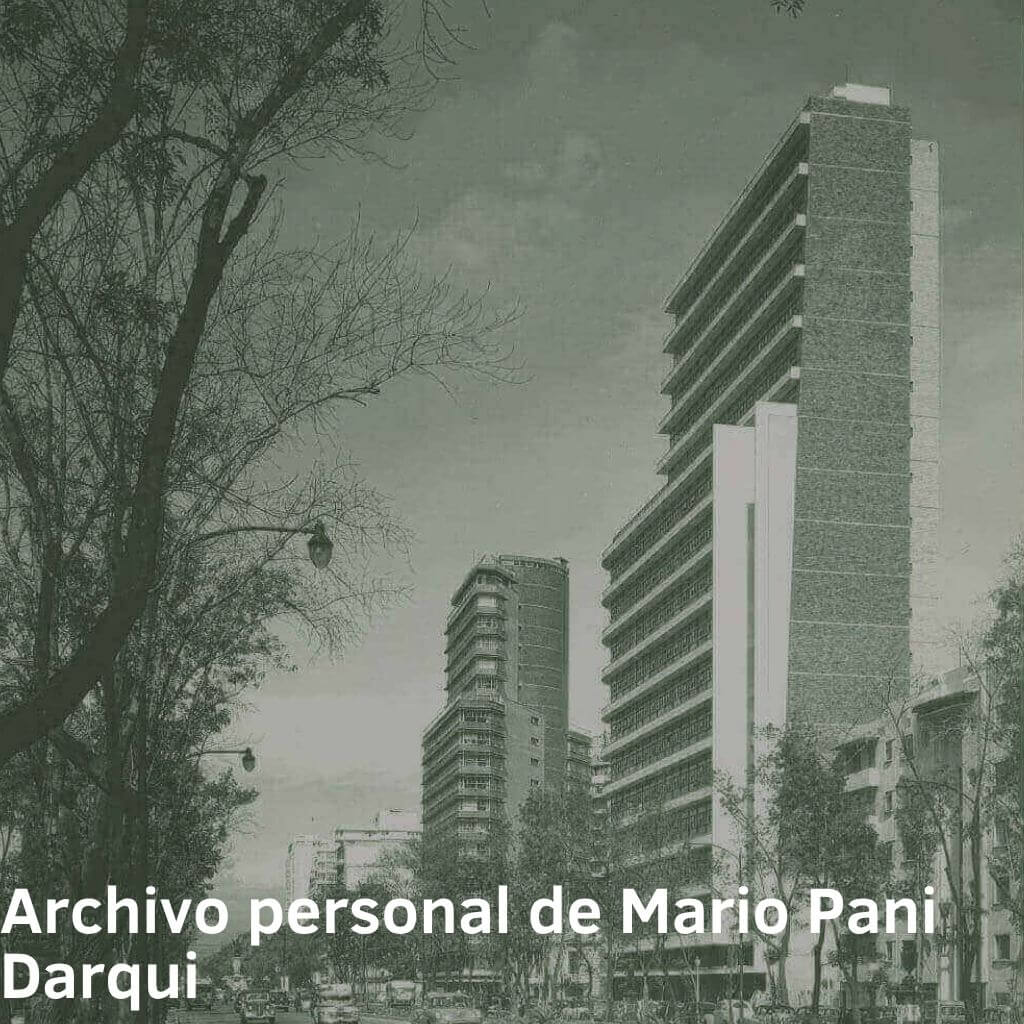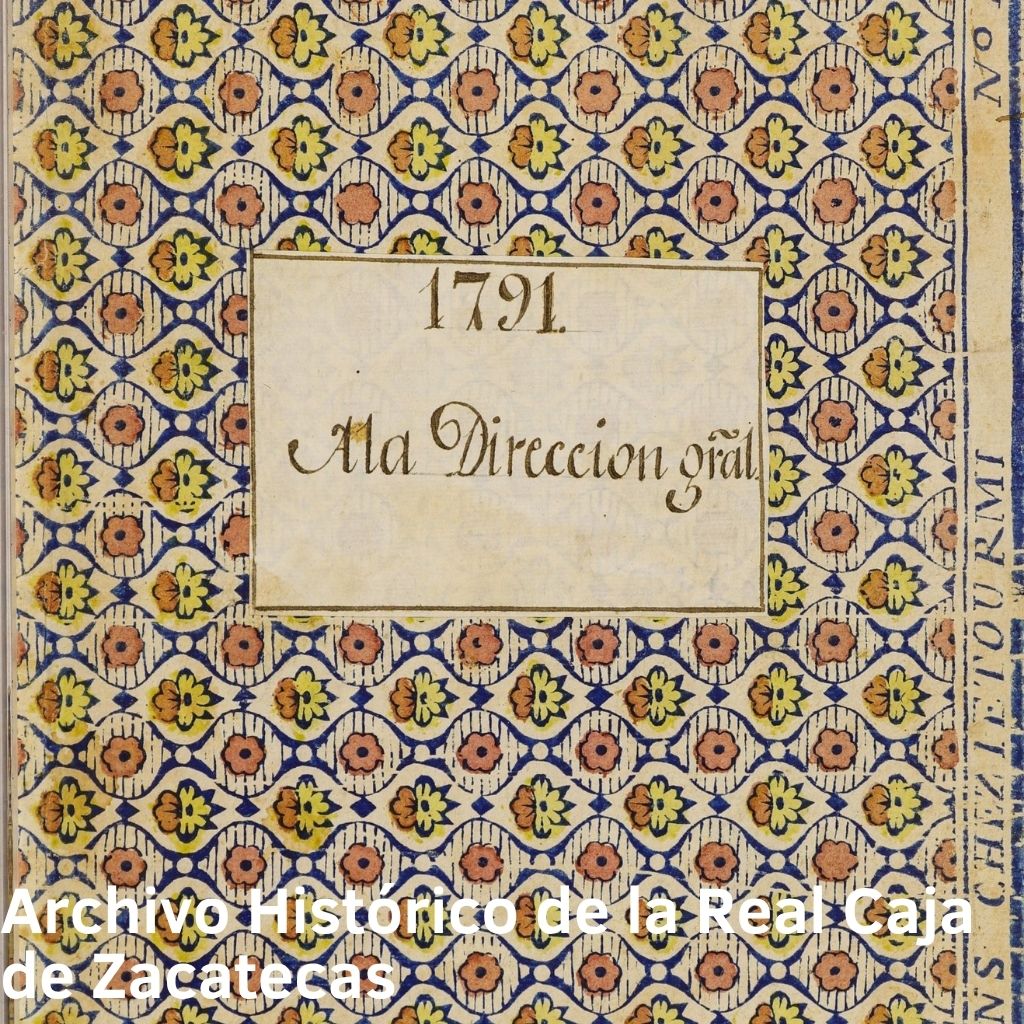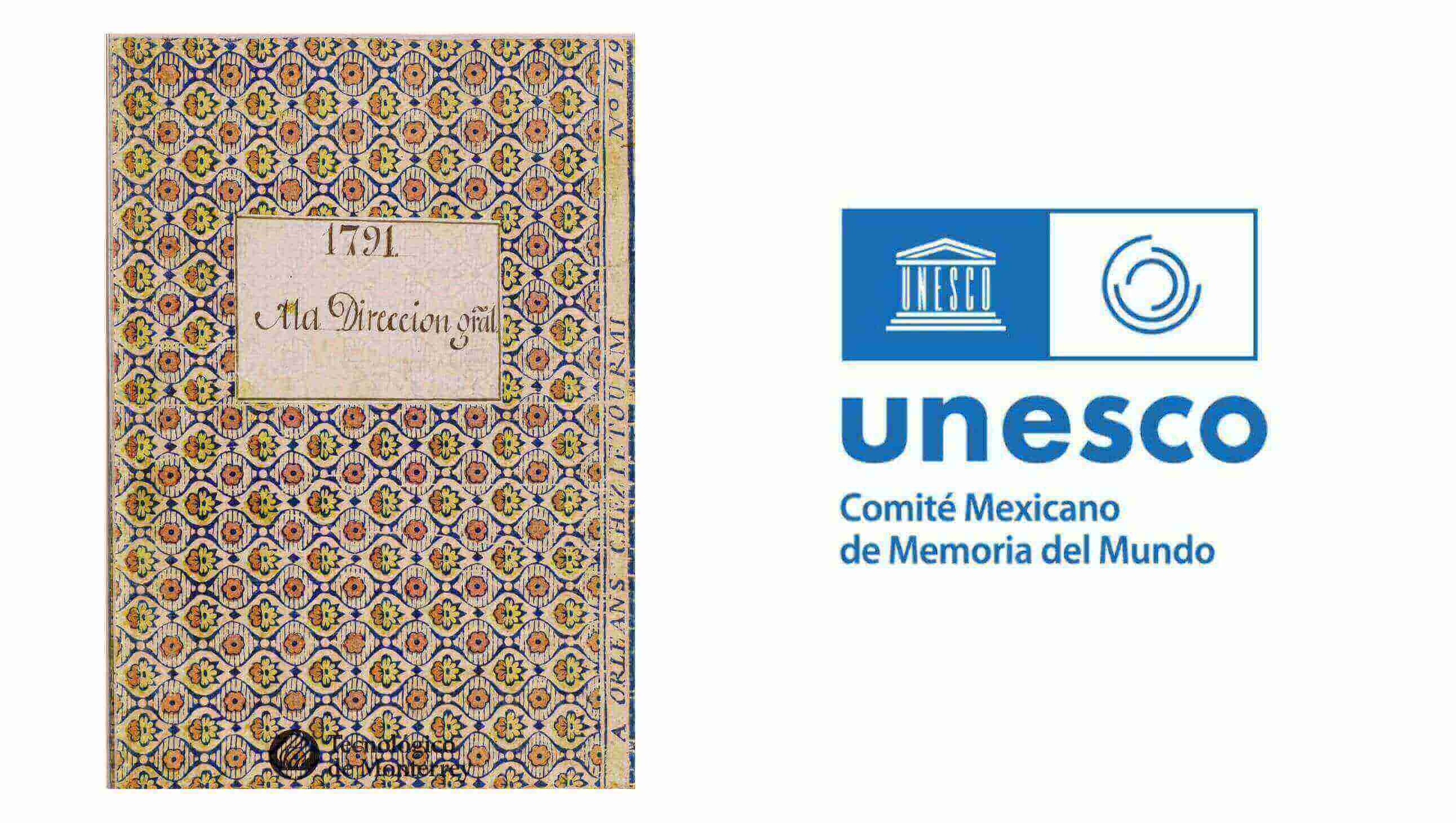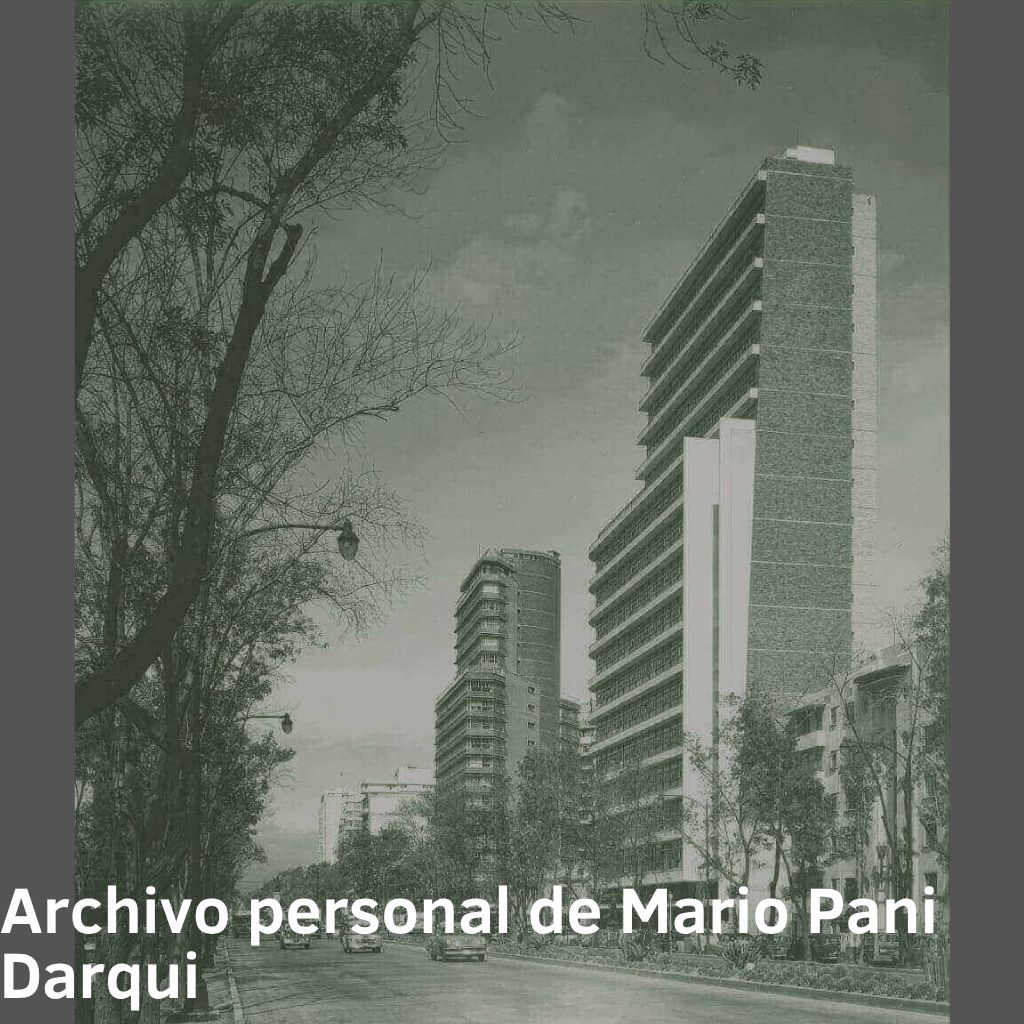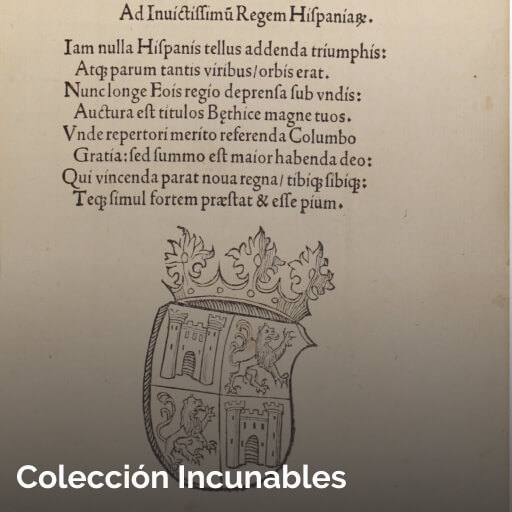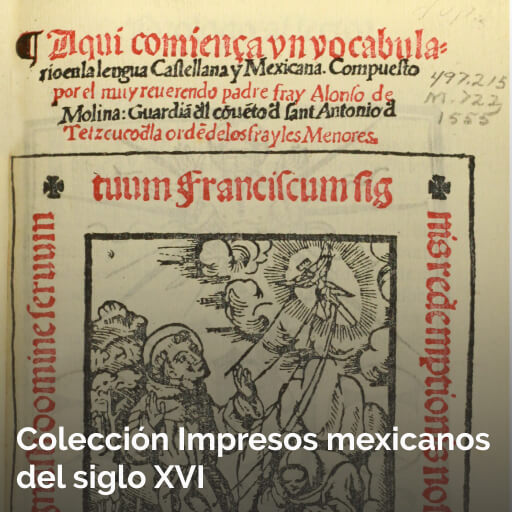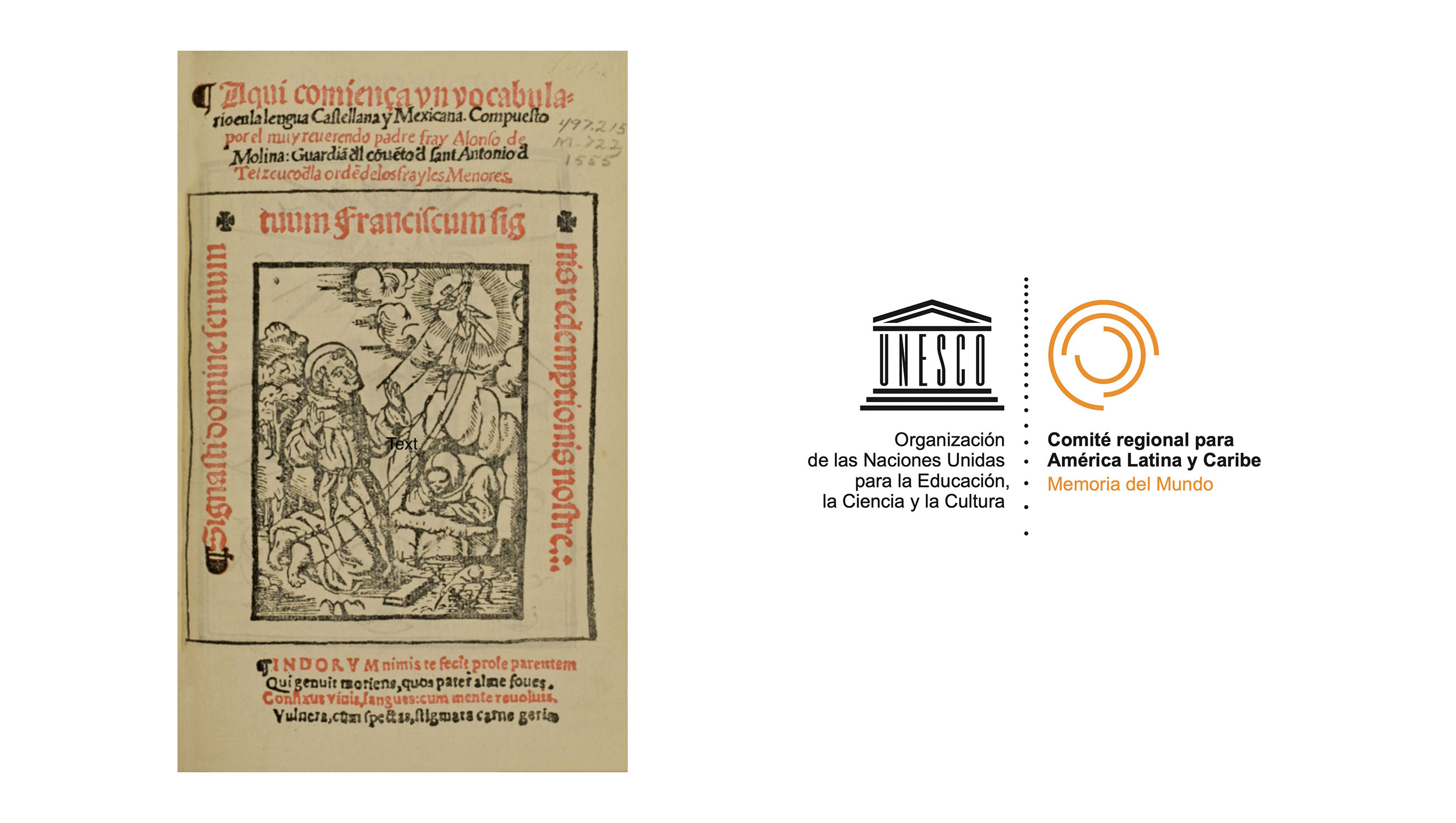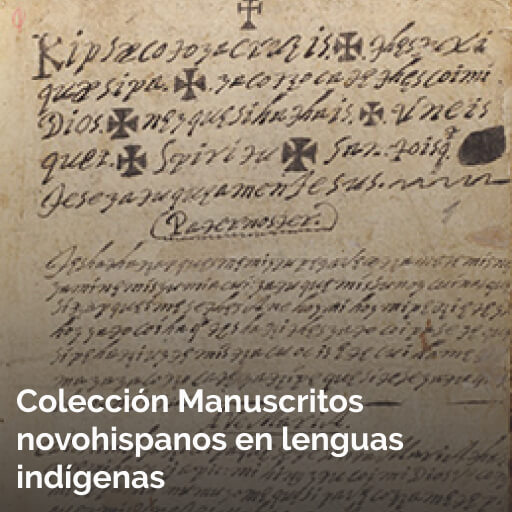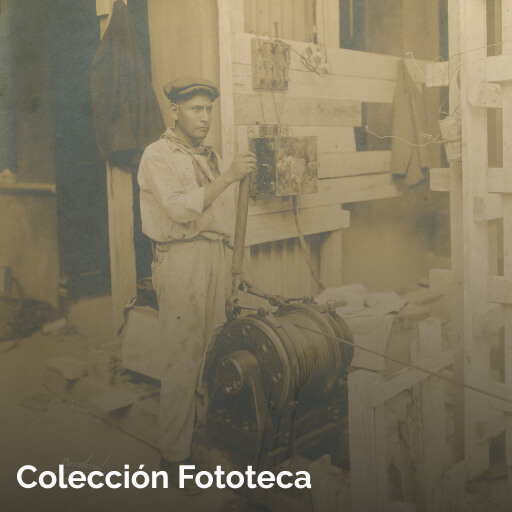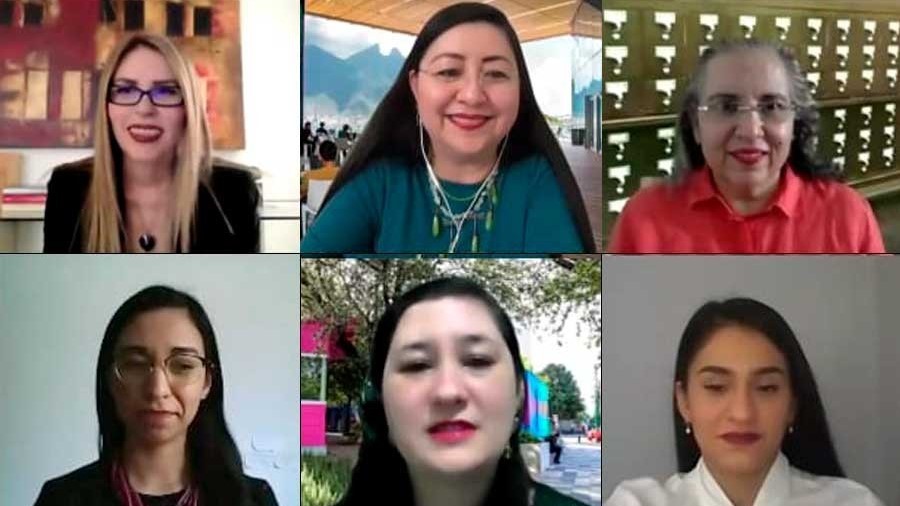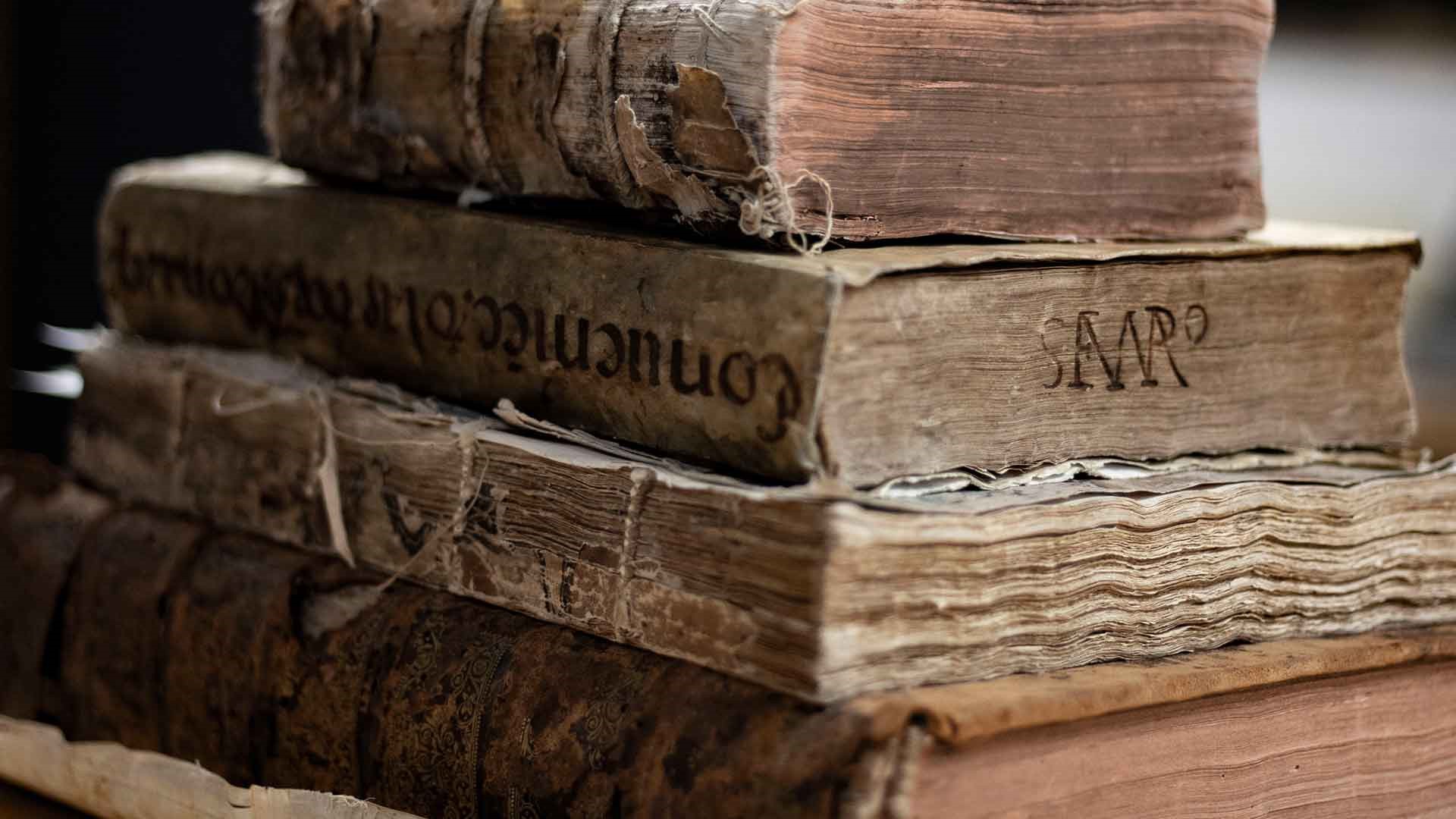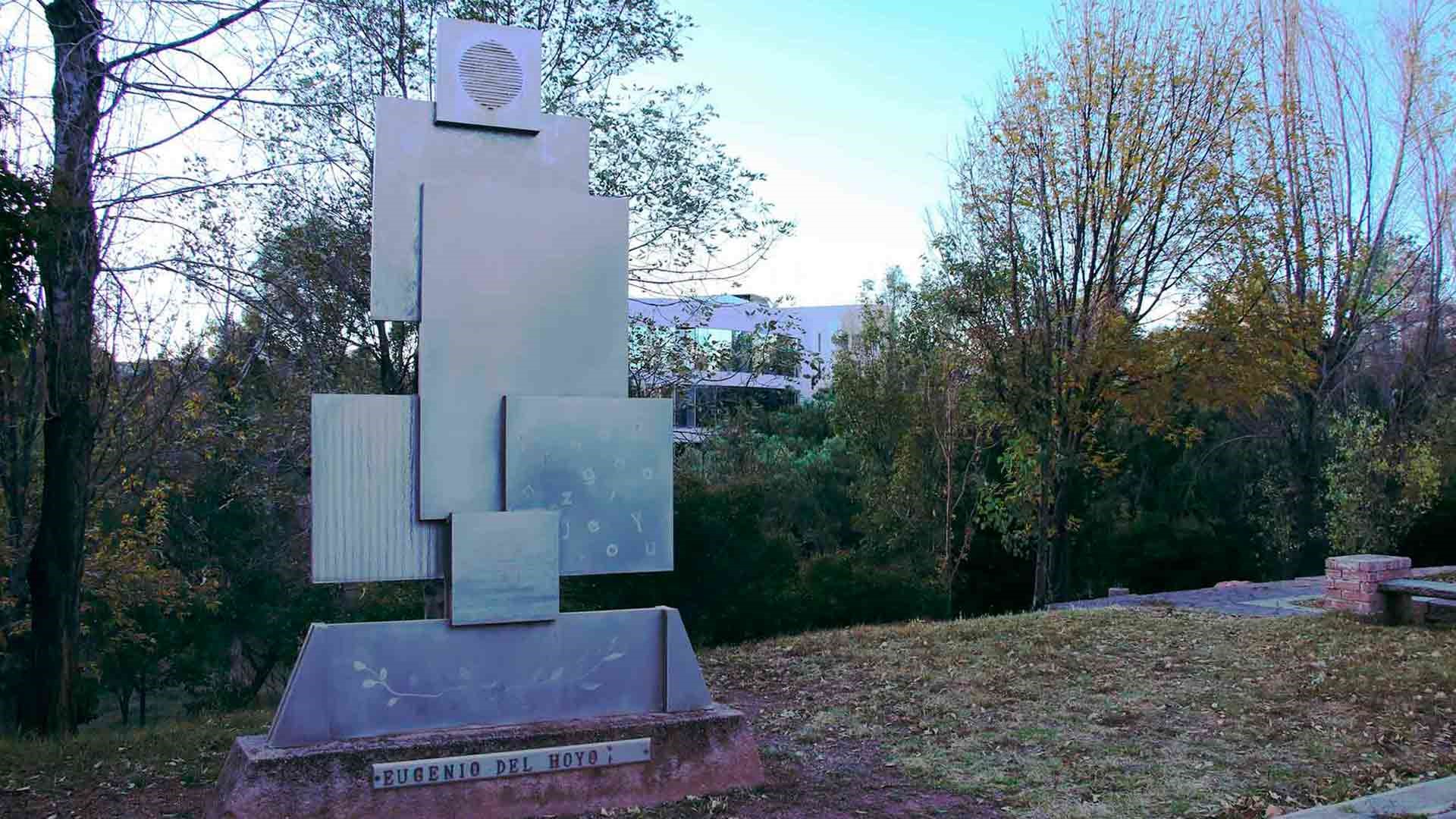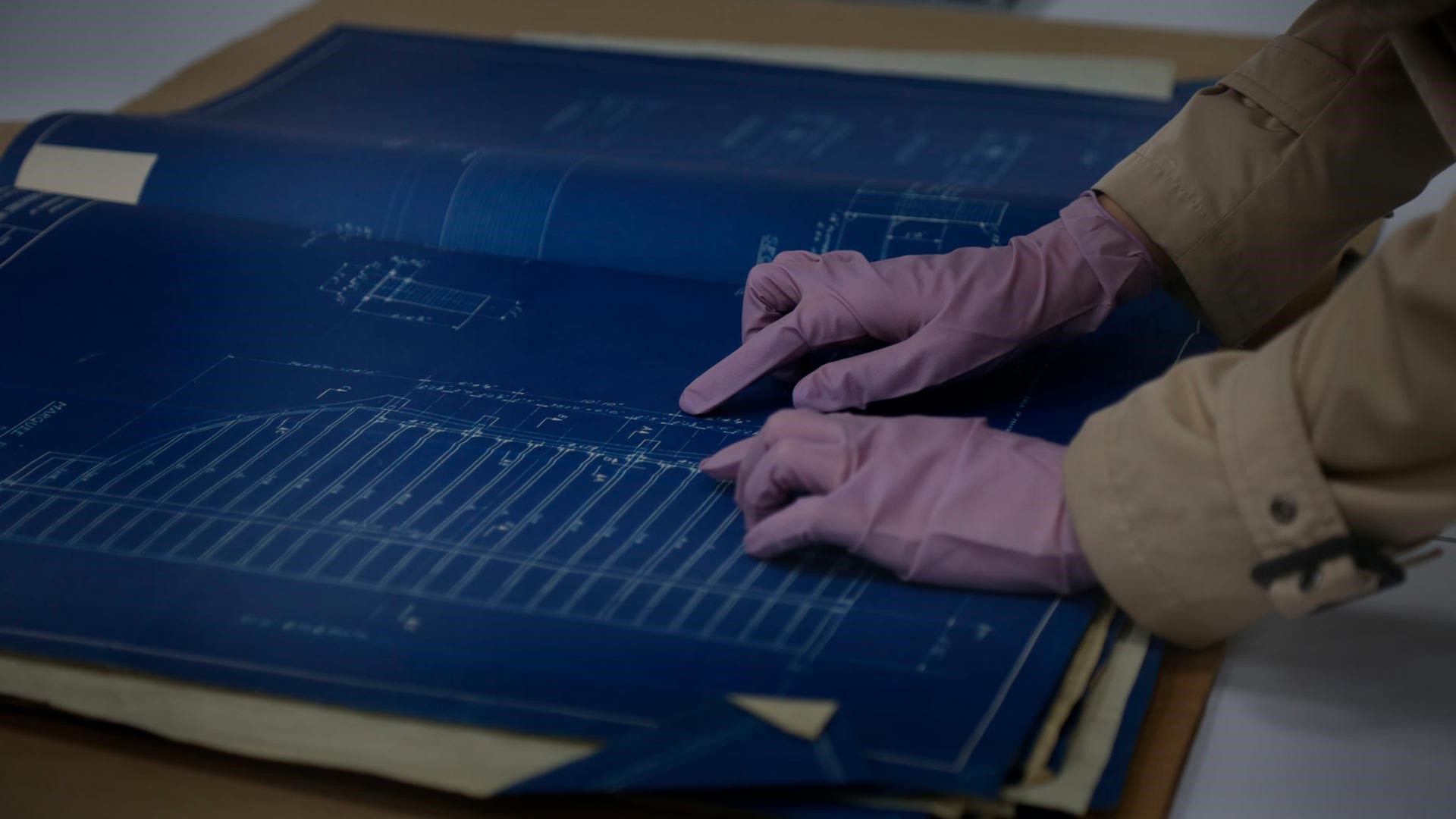SACSCOC

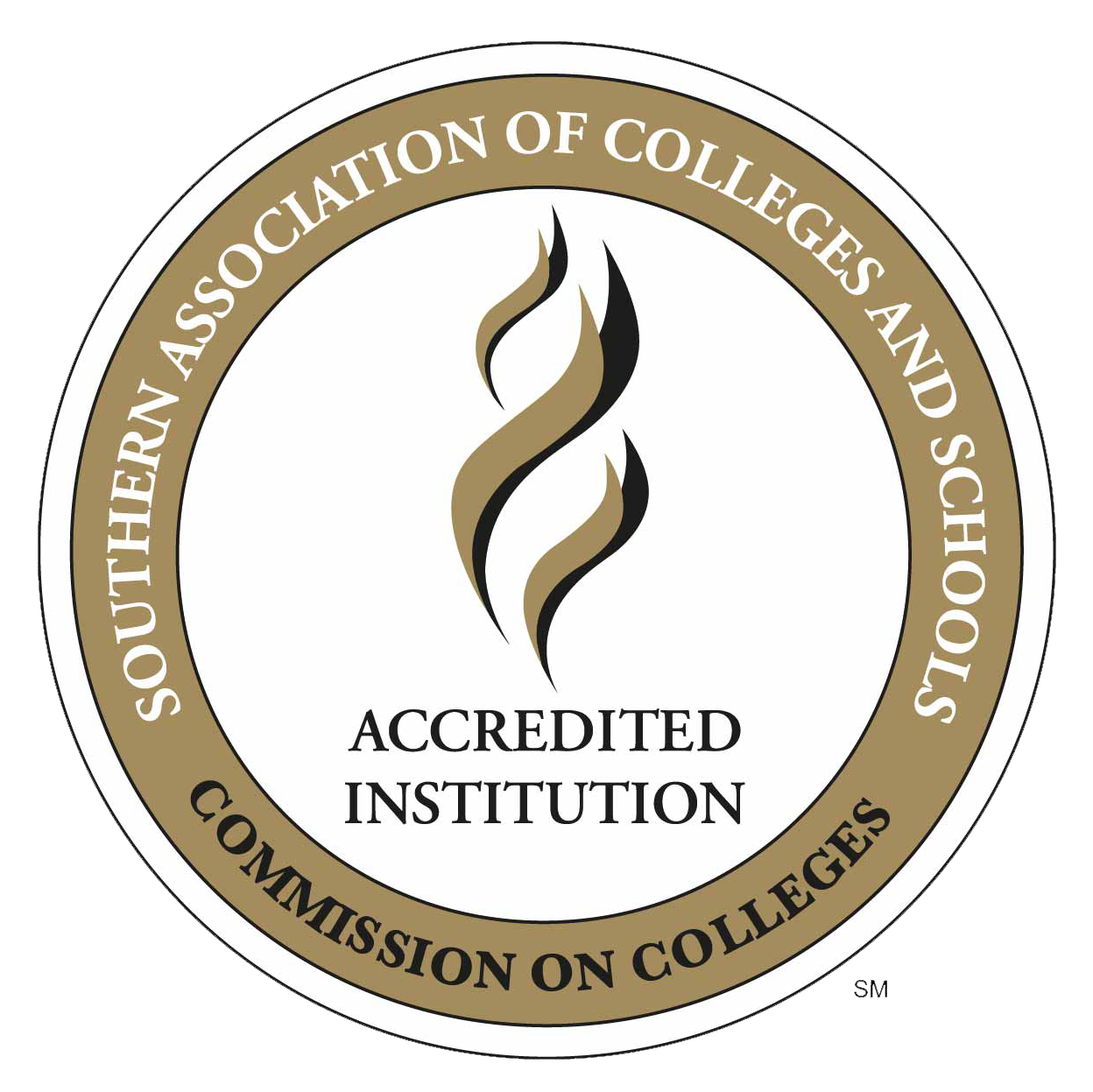
Tecnológico de Monterrey is accredited by the Southern Association of Colleges and Schools Commission on Colleges (SACSCOC) to award baccalaureate, masters, and doctorate degrees. Degree-granting institutions also may offer credentials such as certificates and diplomas at approved degree levels. Questions about the accreditation of Tecnológico de Monterrey may be directed in writing to the Southern Association of Colleges and Schools Commission on Colleges at 1866 Southern Lane, Decatur, GA 30033-4097, by calling (404) 679-4500, or by using information available on SACSCOC’s website (www.sacscoc.org).
Context
Southern Association of Colleges and Schools (SACSCOC) is one of the six regional education accrediting instances, made up of two commissions, one for pre-college education and the other for higher education. SACSCOC Commission on Colleges is responsible for institutionally crediting universities in the following states: Alabama, Florida, Georgia, Kentucky, Louisiana, Mississippi, North Carolina, South Carolina, Tennessee, Texas and Virginia. Furthermore, this commission accredits universities outside the United States.
This accreditation includes educational programs and services at Professional and Postgraduate levels, both face-to-face and distance learning.
Tecnológico de Monterrey has been accredited by SACSCOC since 1950 and this accreditation must be reaffirmed every 10 years. The most recent reaffirmation was obtained on December 11, 2018, covering the 2018-2028 period.
Relevance
This accreditation has enforced Tec de Monterrey´s international acknowledgement and strengthen its leadership regarding country´s high education at its highest level, and has help incorporate important improvements in his academic programs and services offered.
Institutional Effectiveness
Tecnológico de Monterrey´s Vision is: "Leadership, innovation and entrepreneurship for human flourish". To ensure the accomplishment of its Vision, the Institution defines student and alumni academic and professional goals and indicators and assesses them on an ongoing basis.
The following table summarizes some of the most recent data, used by Tecnológico de Monterrey to monitor the progress of its student achievement, as an input for continuous improvement. These data also provide the general public with information to assess what to expect from college education at Tecnológico de Monterrey. Also, this information is provided for compliance with the policies established by SACSCOC for institutions accredited by this association.
Indicator | 2019 | 2020 | 2021 | 2022 | 2023 | 2024 |
|---|---|---|---|---|---|---|
Graduation rate within 150% of the estimated time for a full-time student (undergraduate) | 69.3% | 72.8% | 75.7% | 76.9% | 78.3% | 80.7% |
Graduation rate within 150% of the estimated time for a full-time student (graduate) | 63.8% | 66.5% | 69.7% | 69.9% | 70.0% | 66.9% |
Freshmen retention (undergraduate) | 90.6% | 92.1% | 91.4% | 92.6% | 92.9% | * |
Approval in exit exams (undergraduate) | 83.5% | ----* | 81.6% | 91.5% | 84.3% | 82.0% |
Alumni employment rate within 3 months of graduation Undergraduate | 77.6% | 82.9% | 84.3% | 86.5% | 85.0% | 88.9% |
* No exams were administered due to confinement due to Covid-19
Find out more arrow_forward_ios
Previous Program Catalogues
In this section you can consult some previous editions of the catalogs with non-current curriculum of the undergraduate and graduate programs. For more information send an e-mail to:
Gerardo I. Campos-Flores
gcampos@tec.mx
National Director of Academic Regulations
Vice Rectory of Educational Innovation and Academic Regulations
Undergraduate
PDF | 2015's Catalogueget_app
PDF | 2016's Catalogueget_app
PDF | 2017's Catalogueget_app
PDF | 2019's Catalogueget_app
PDF | 2020´s Catalogueget_app
PDF | 2021´s Catalogueget_app
PDF | 2022´s Catalogueget_app
PDF | 2023´s Catalogueget_app
PDF | 2024´s Catalogueget_app
Graduate
PDF | 2015's Catalogueget_app
PDF | 2016's Catalogueget_app
PDF | 2017's Catalogueget_app
PDF | 2019's Catalogueget_app
PDF | 2020's Catalogueget_app
PDF | 2021's Catalogueget_app
PDF | 2022's Catalogueget_app
PDF | 2023's Catalogueget_app
PDF | 2024's Catalogueget_app


